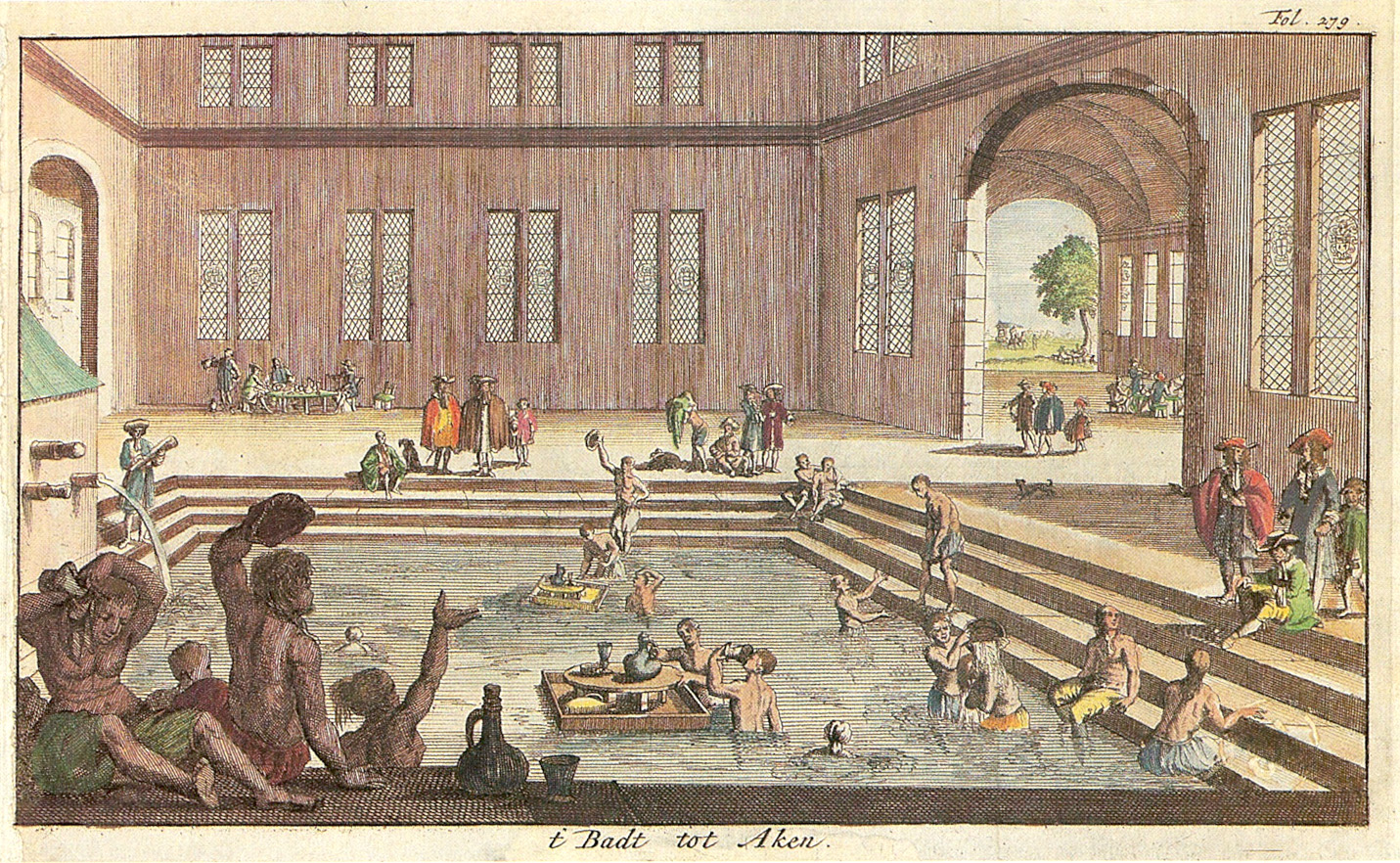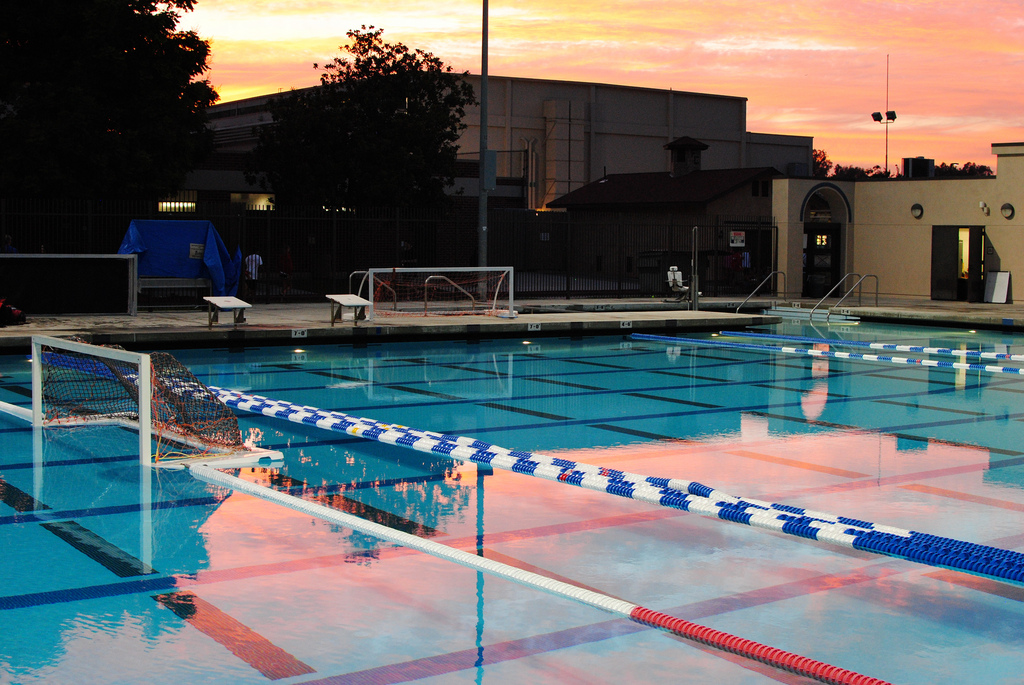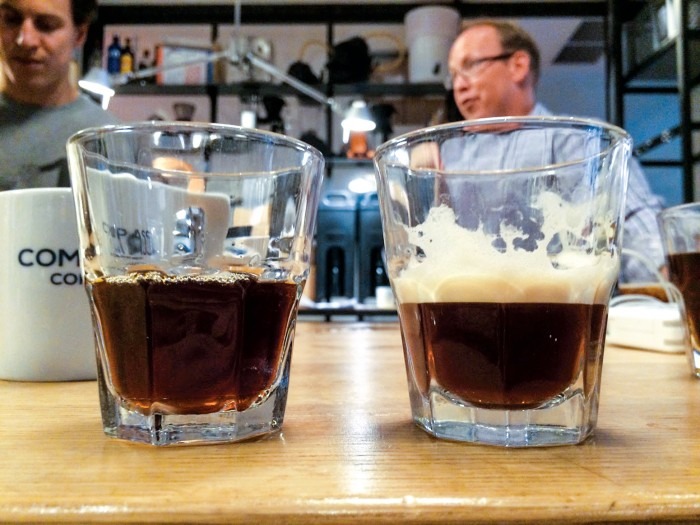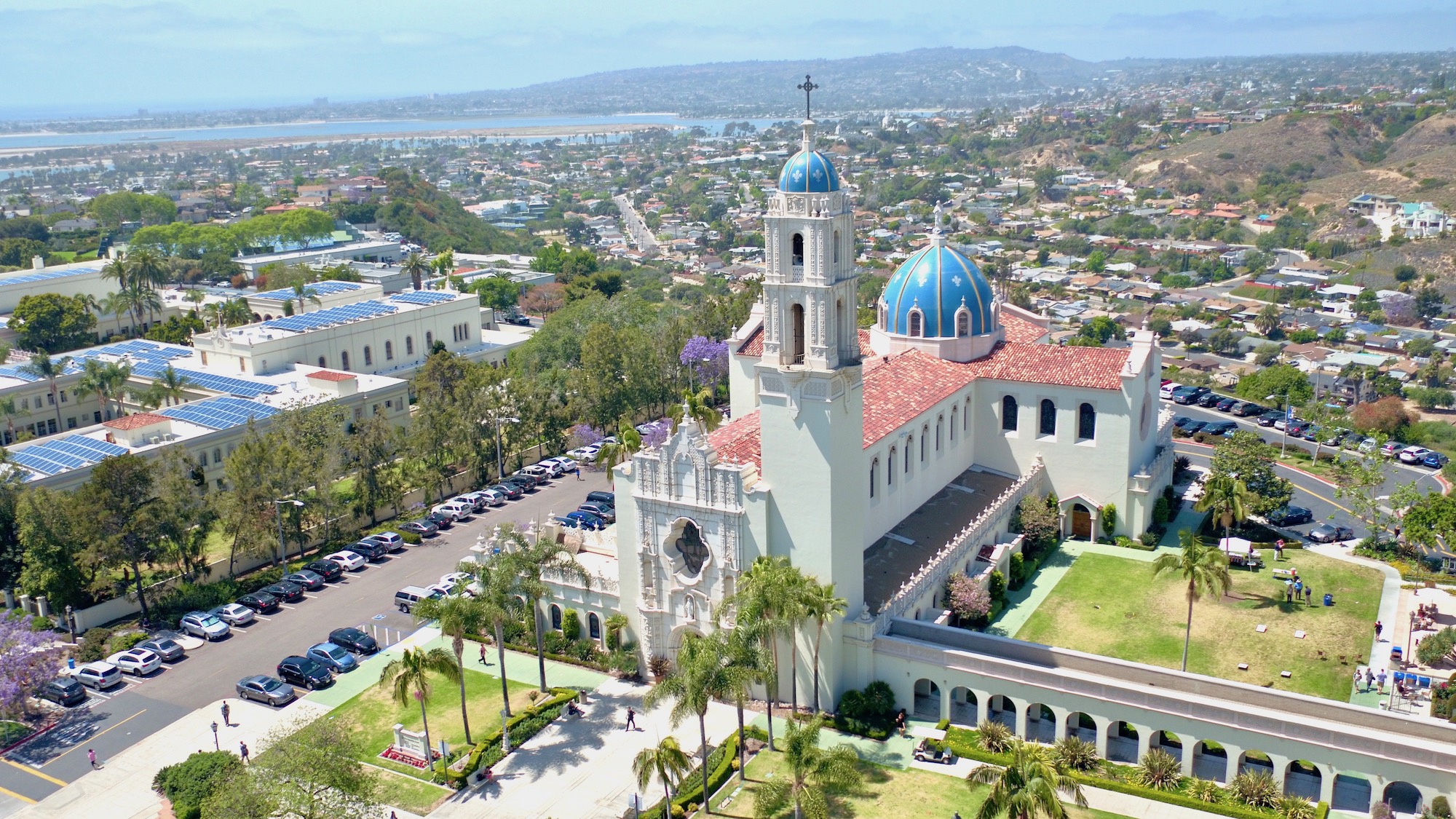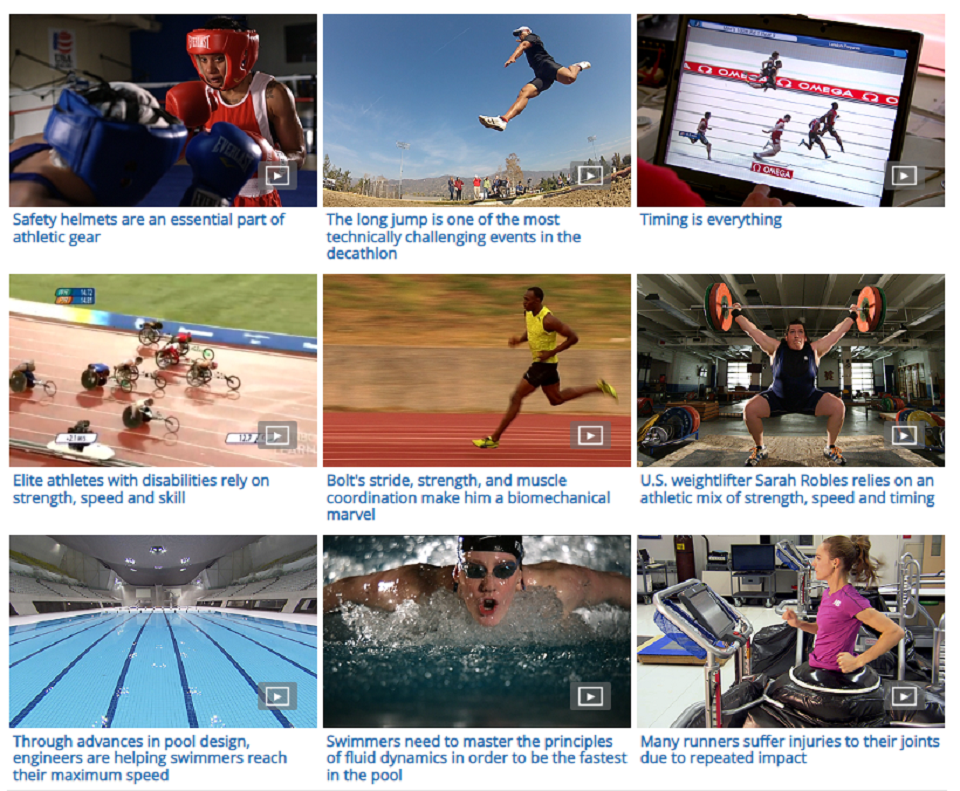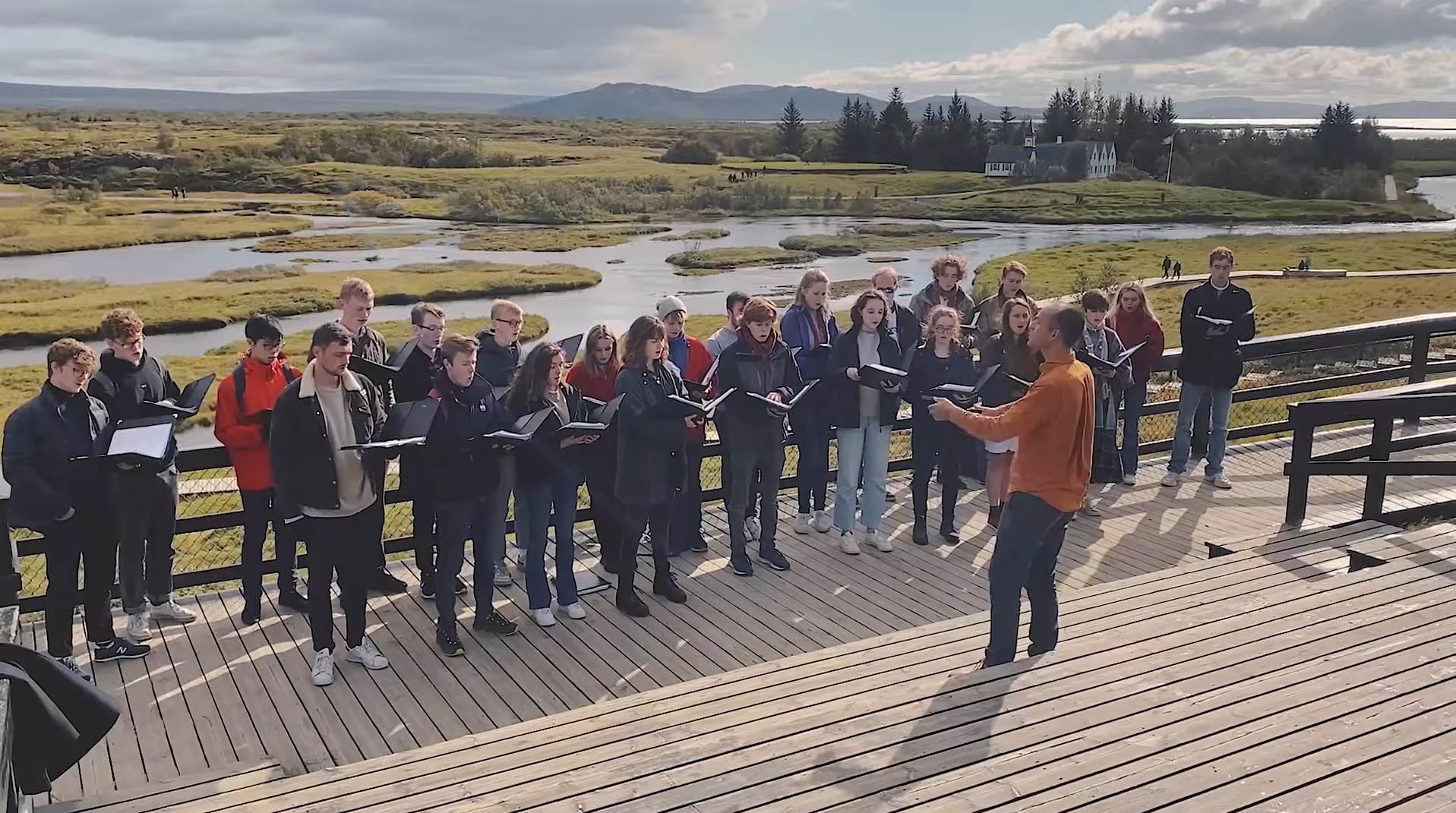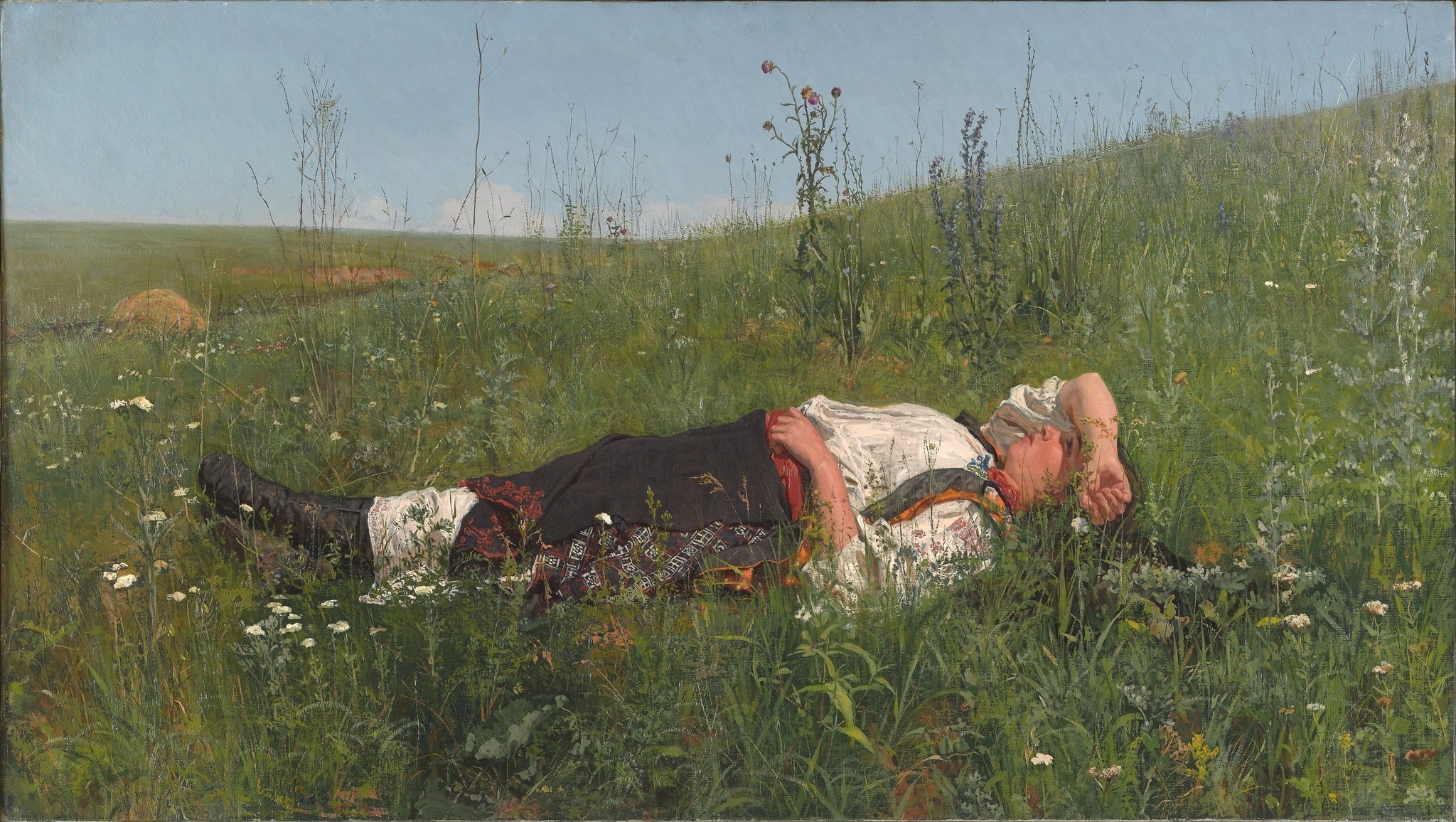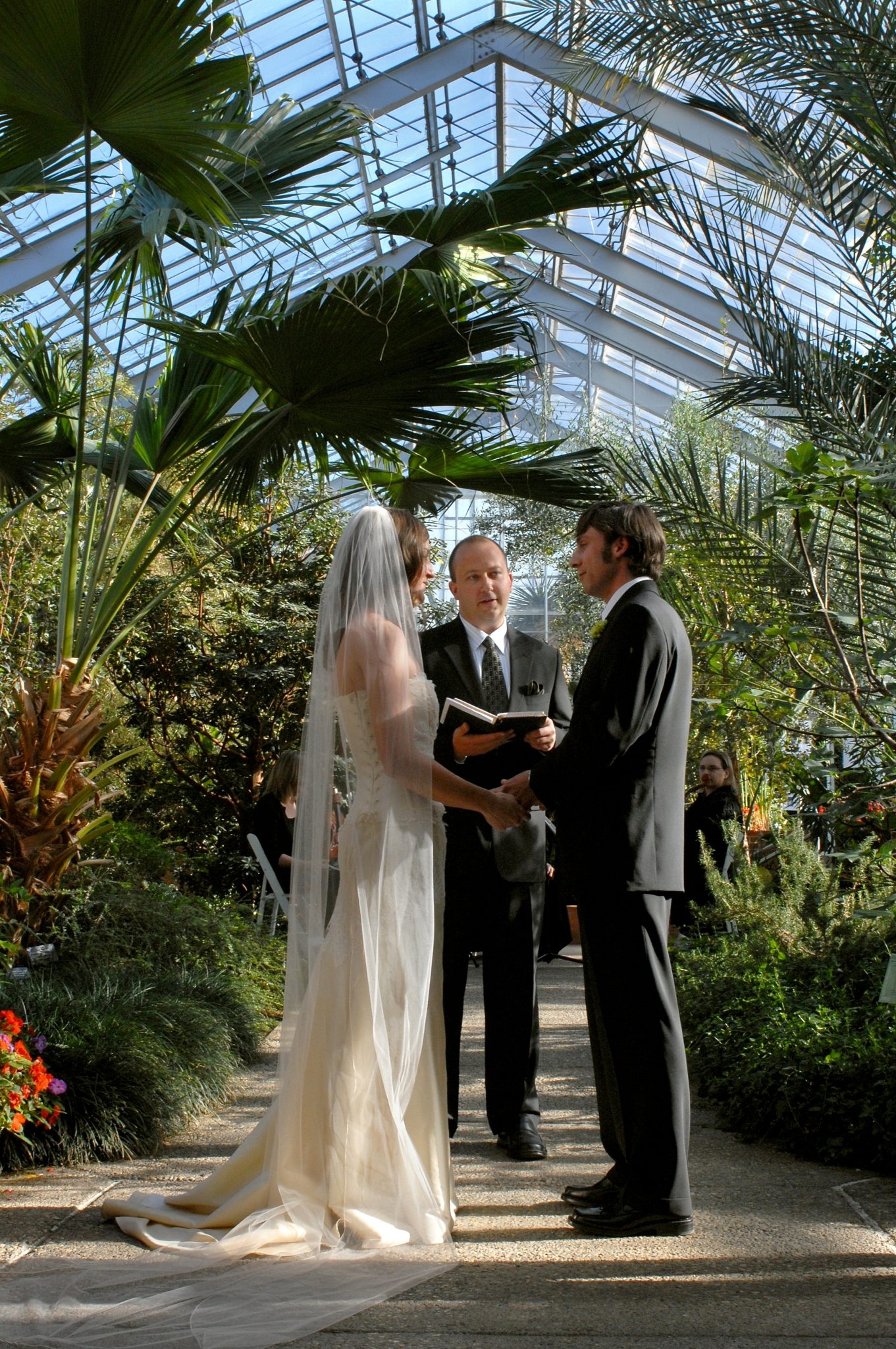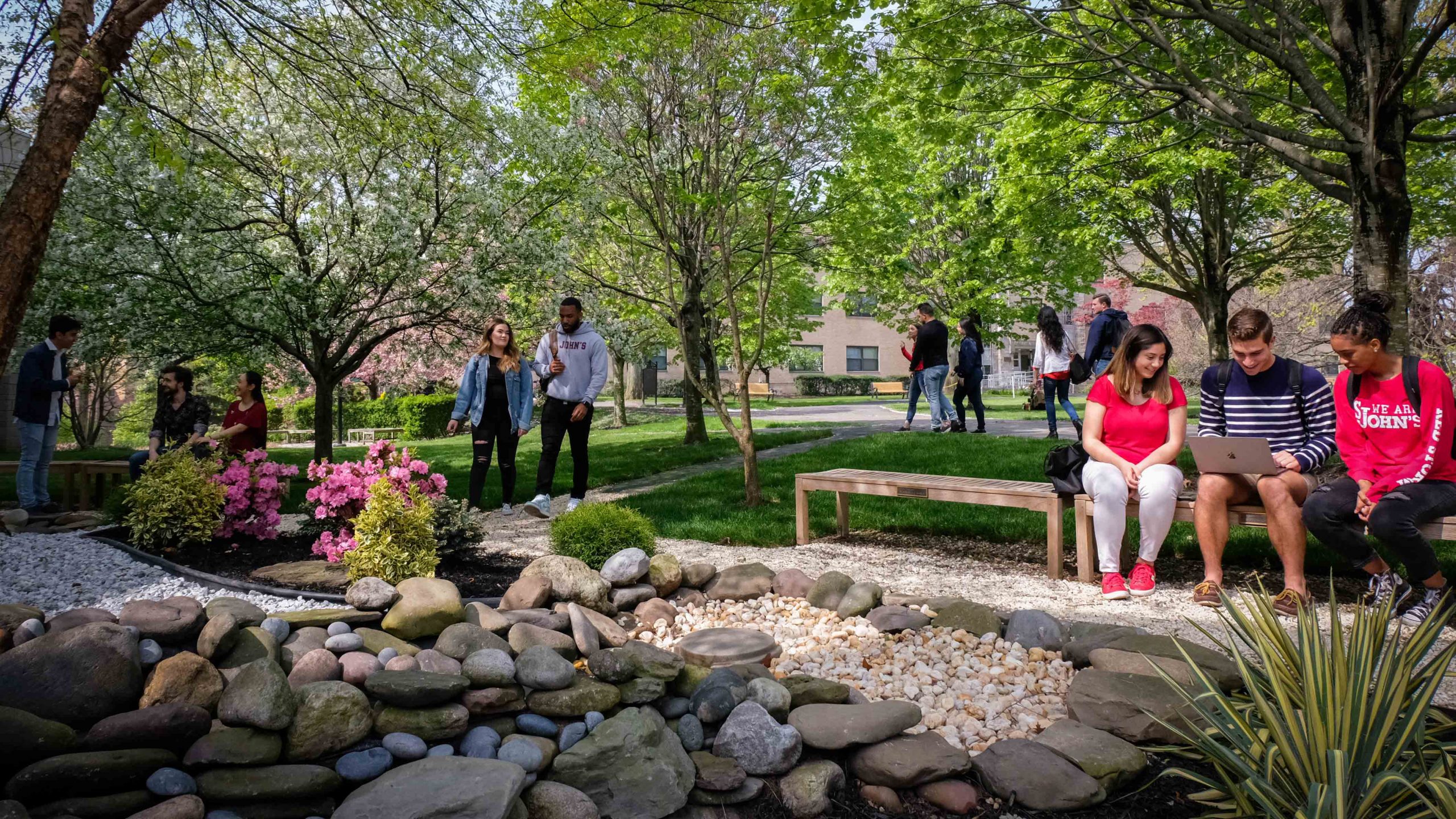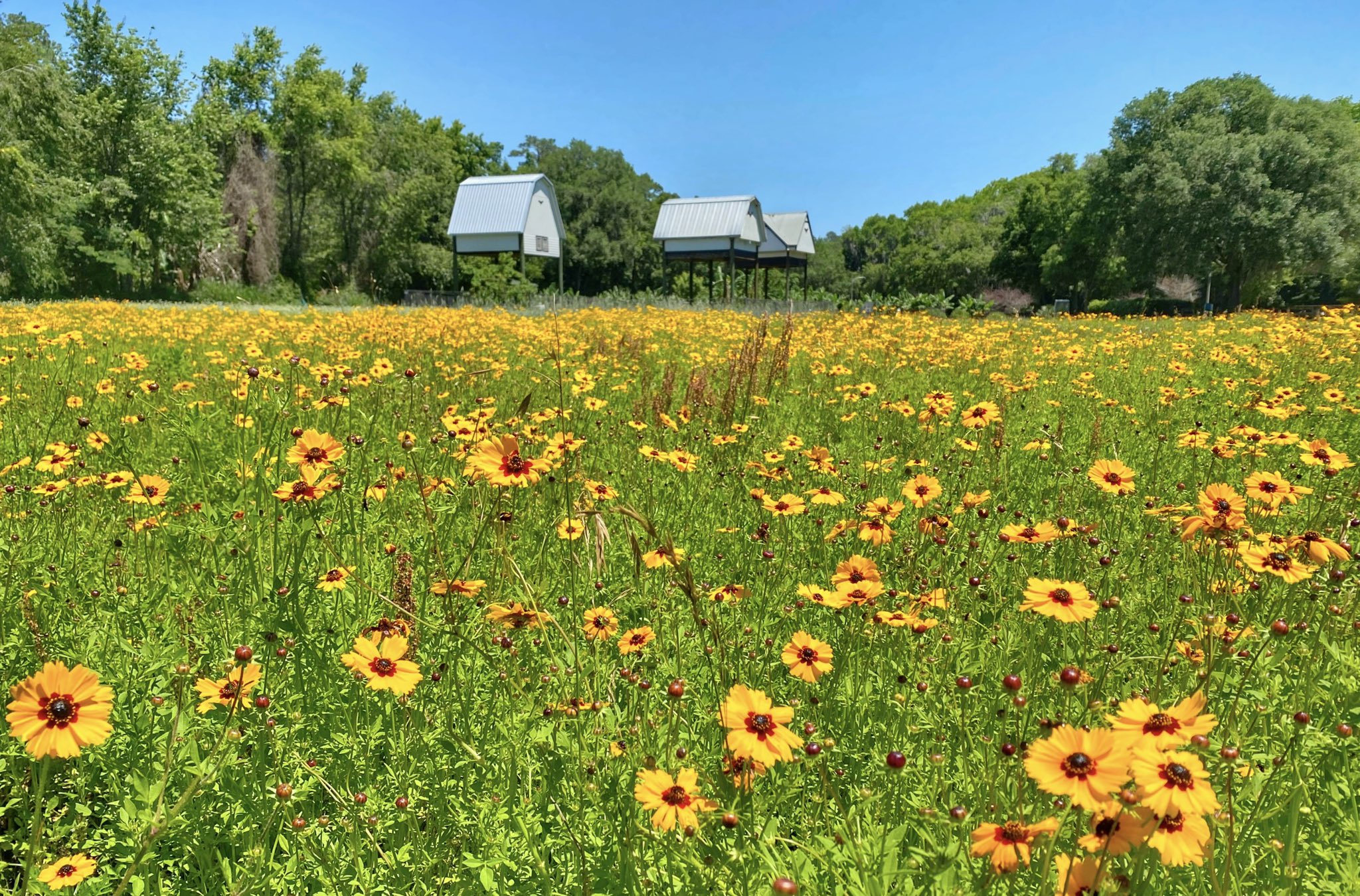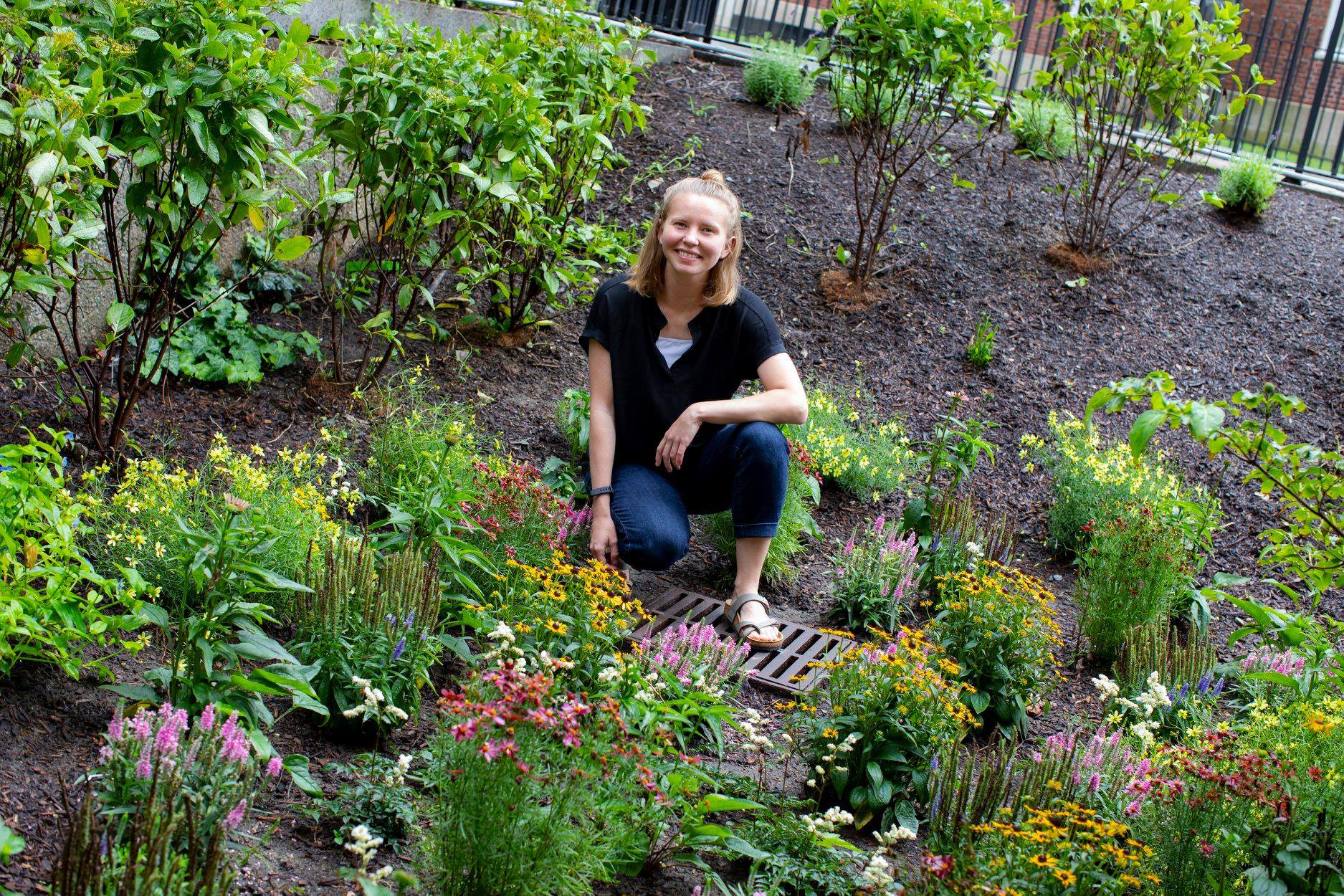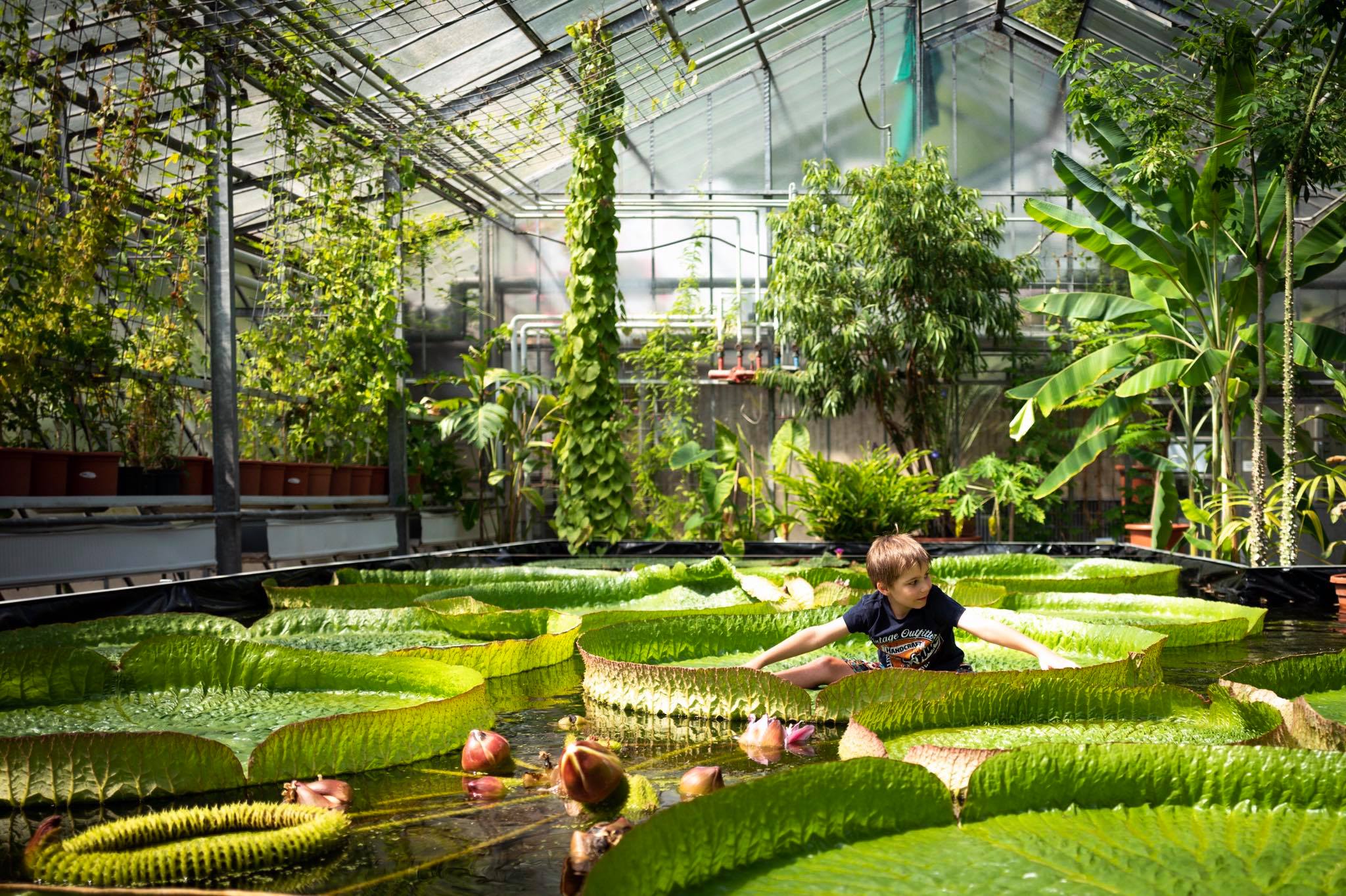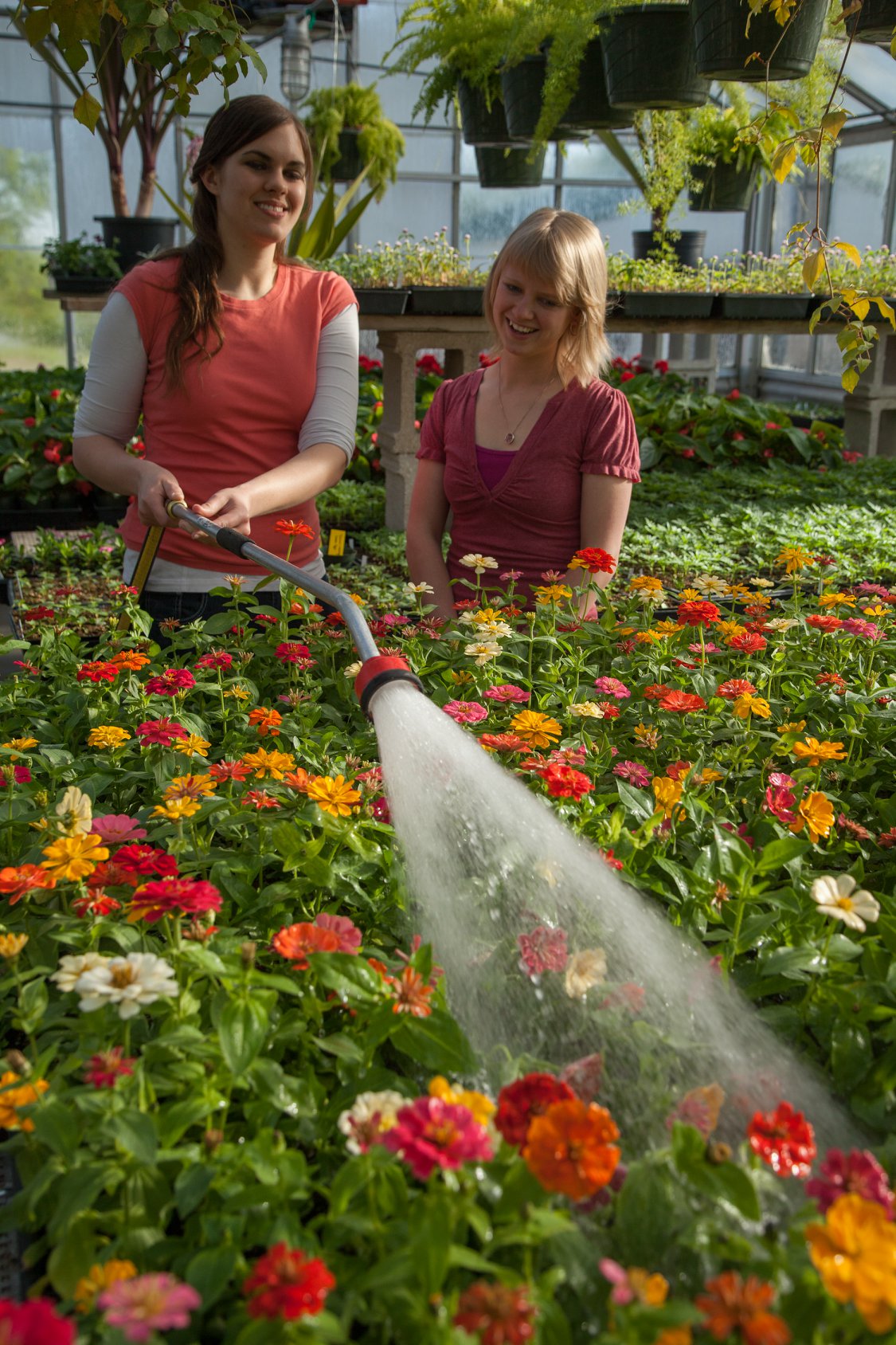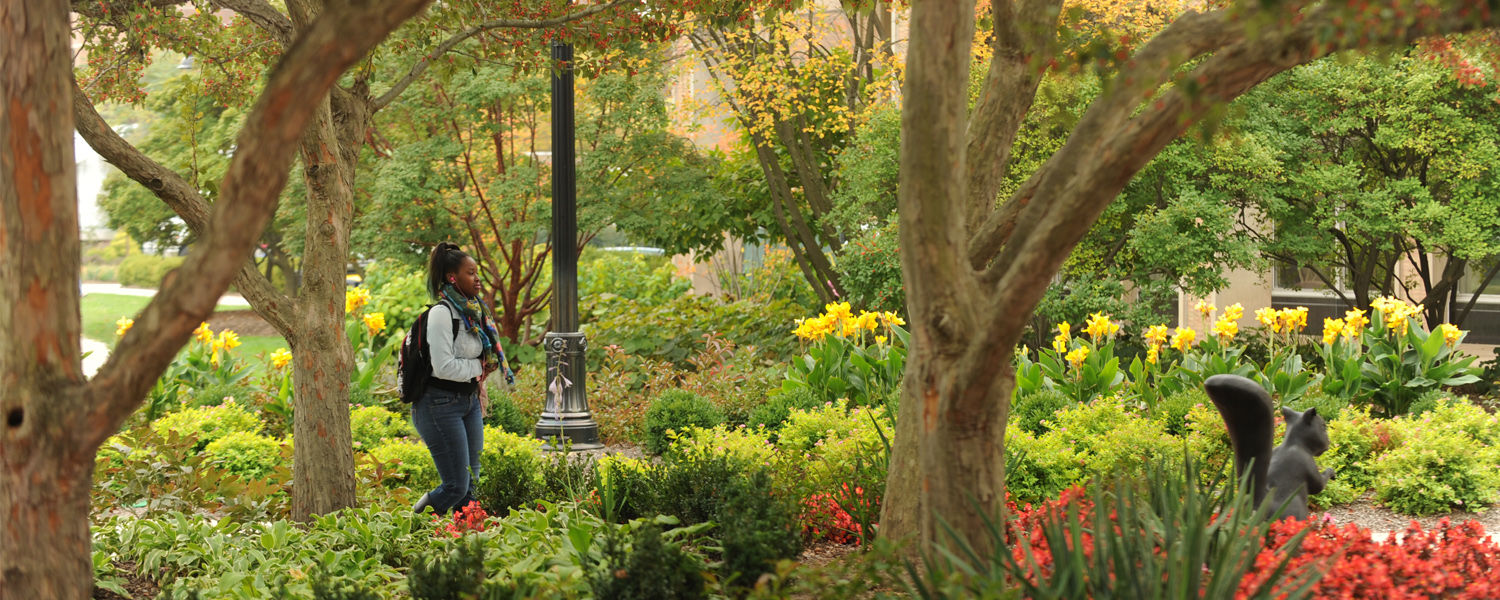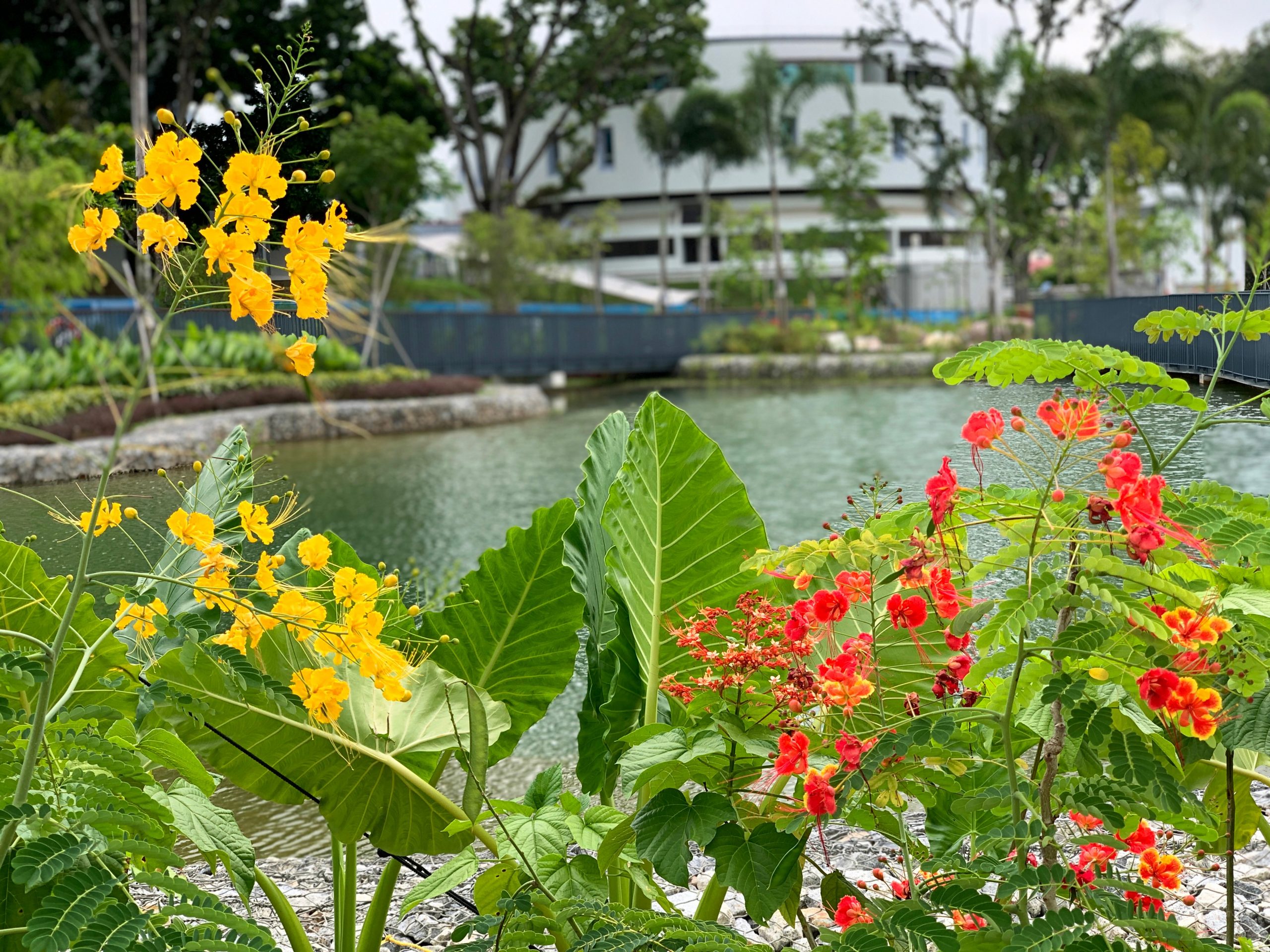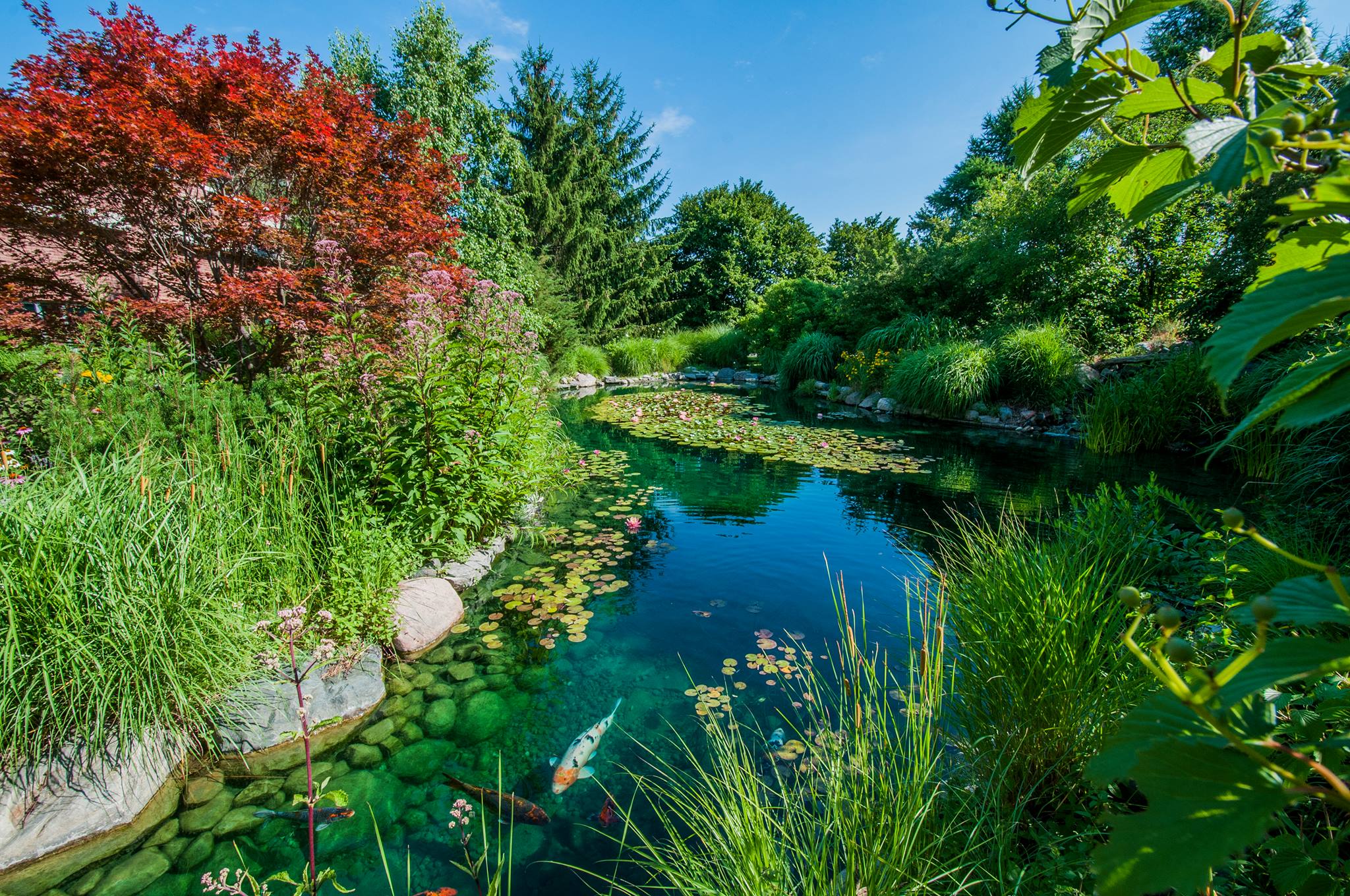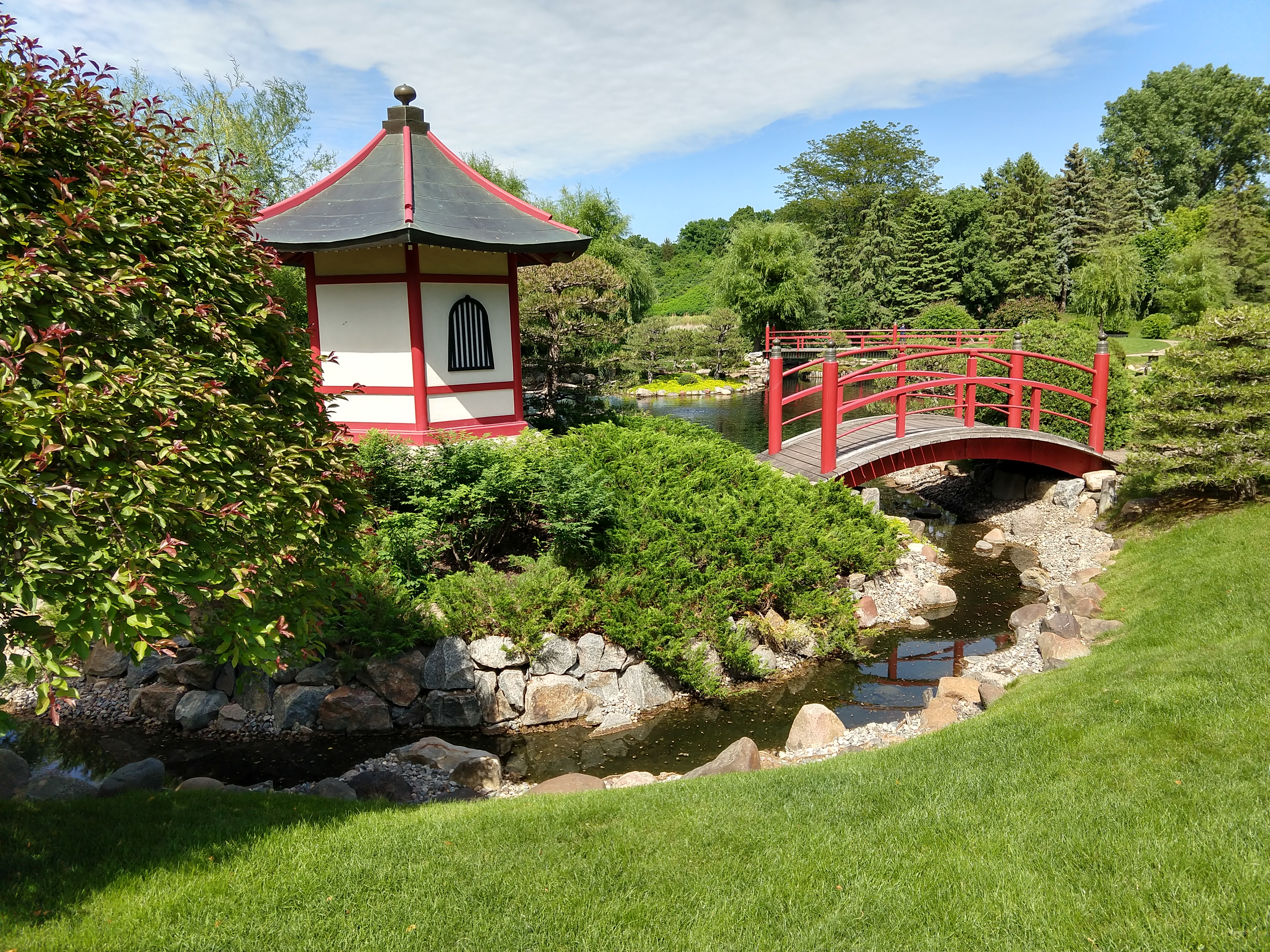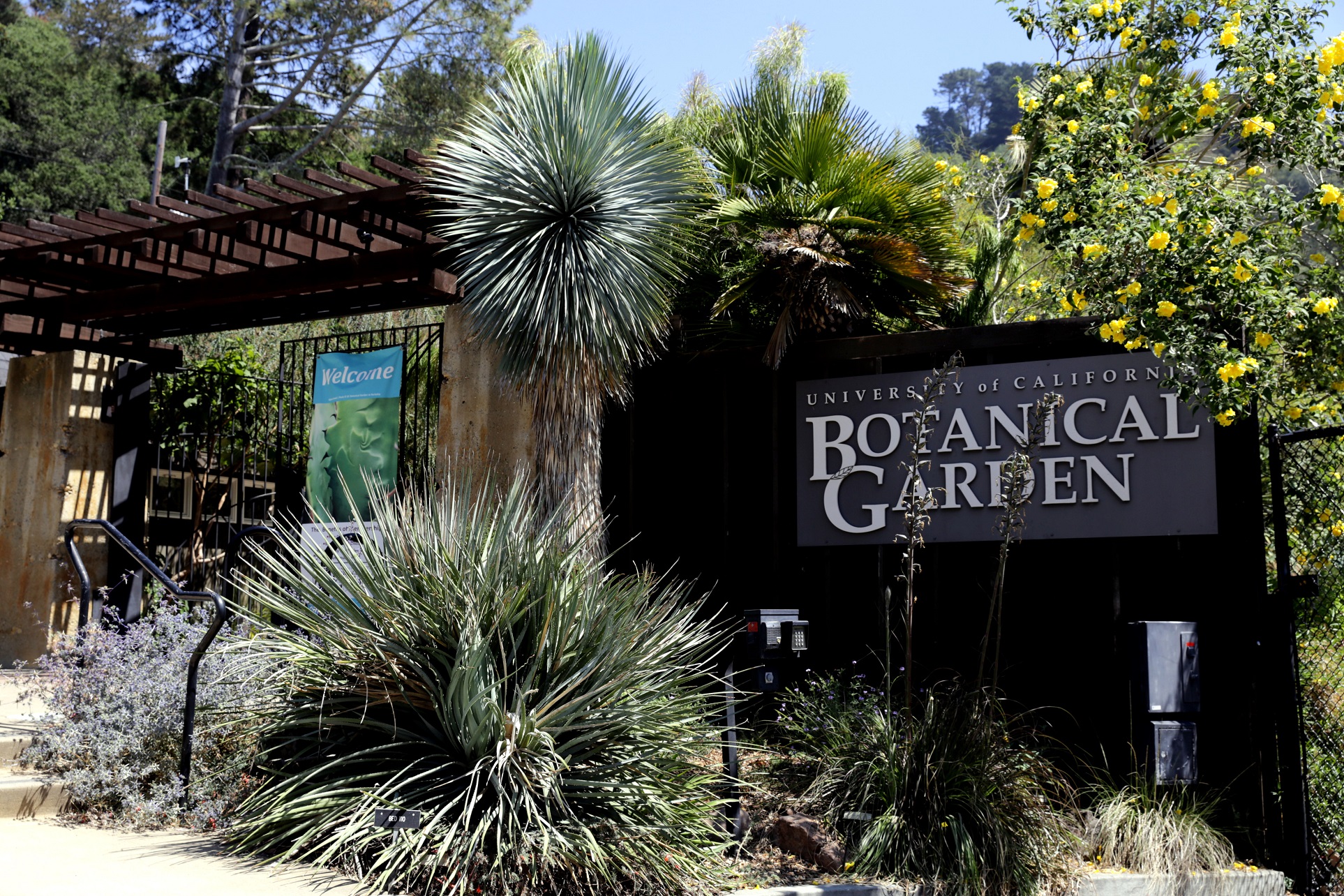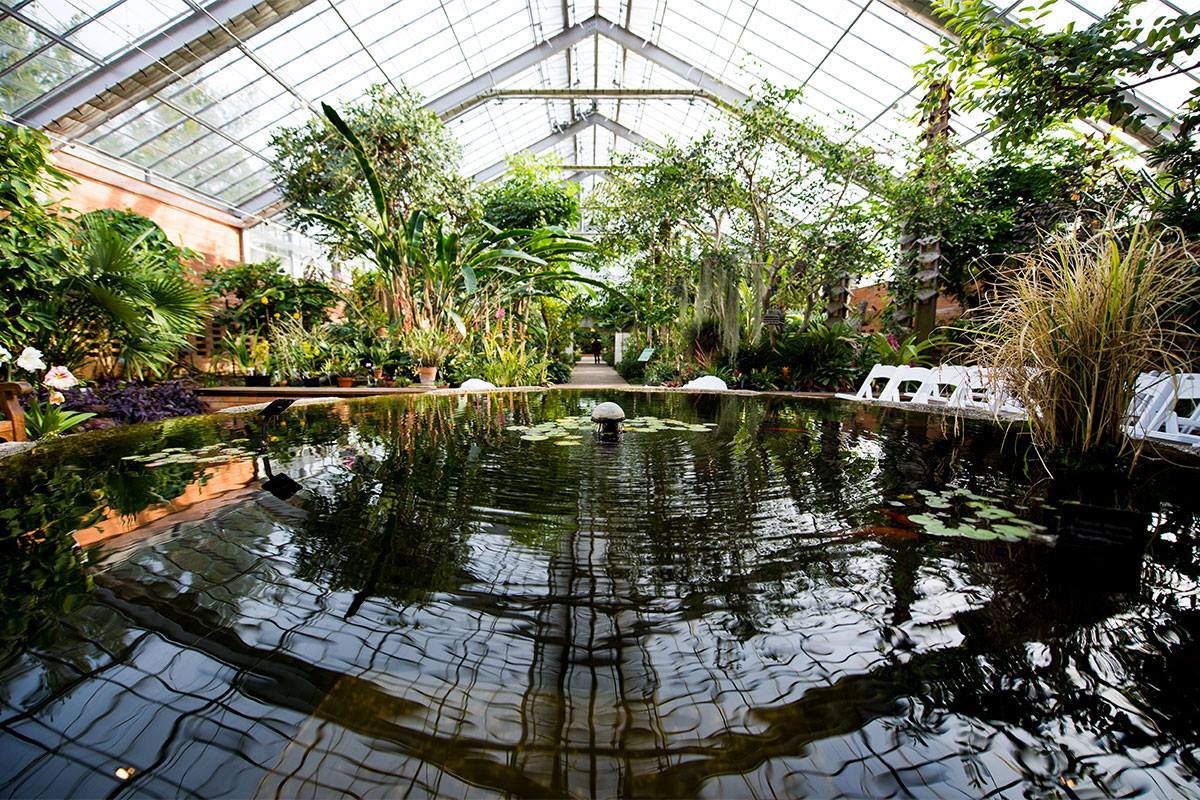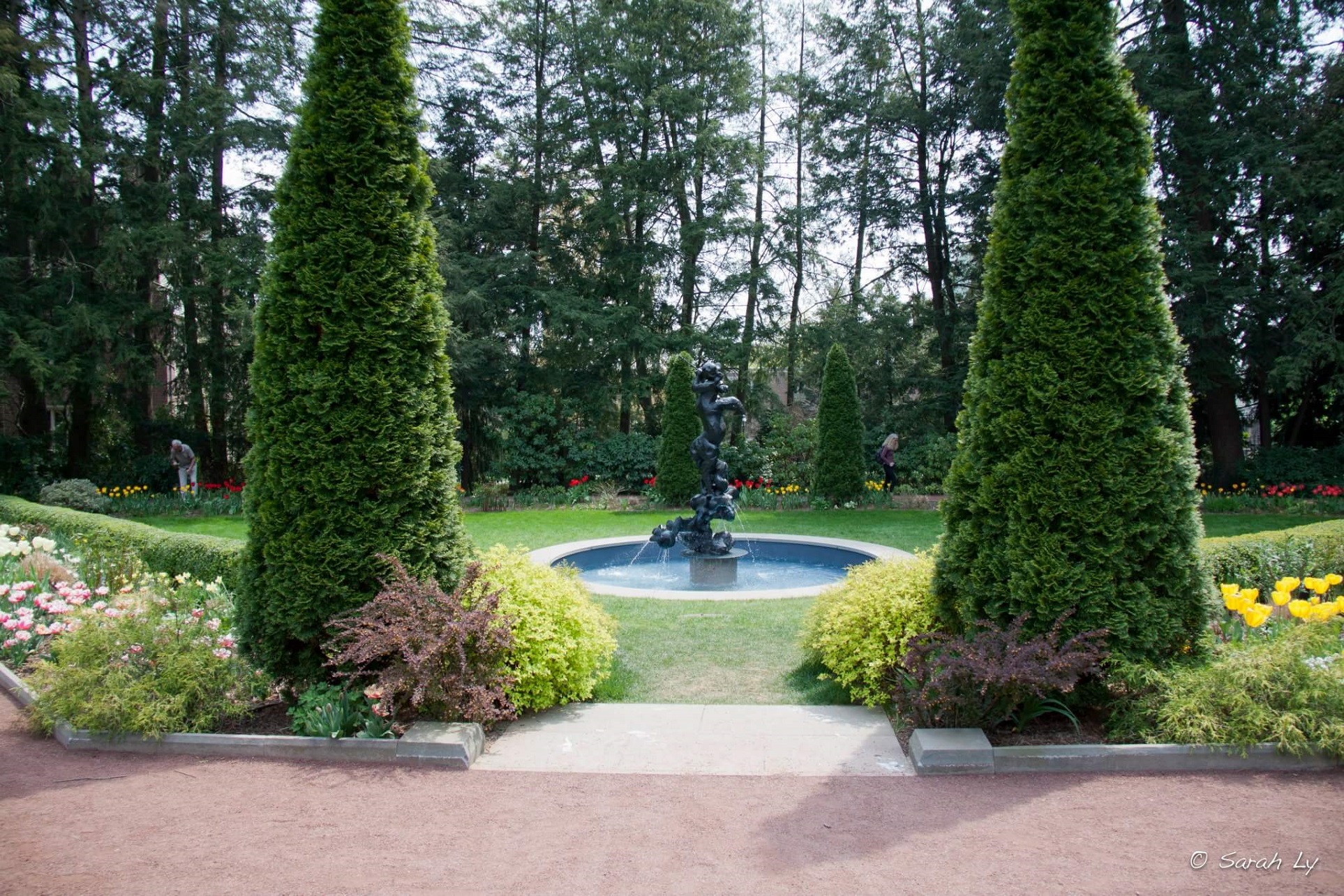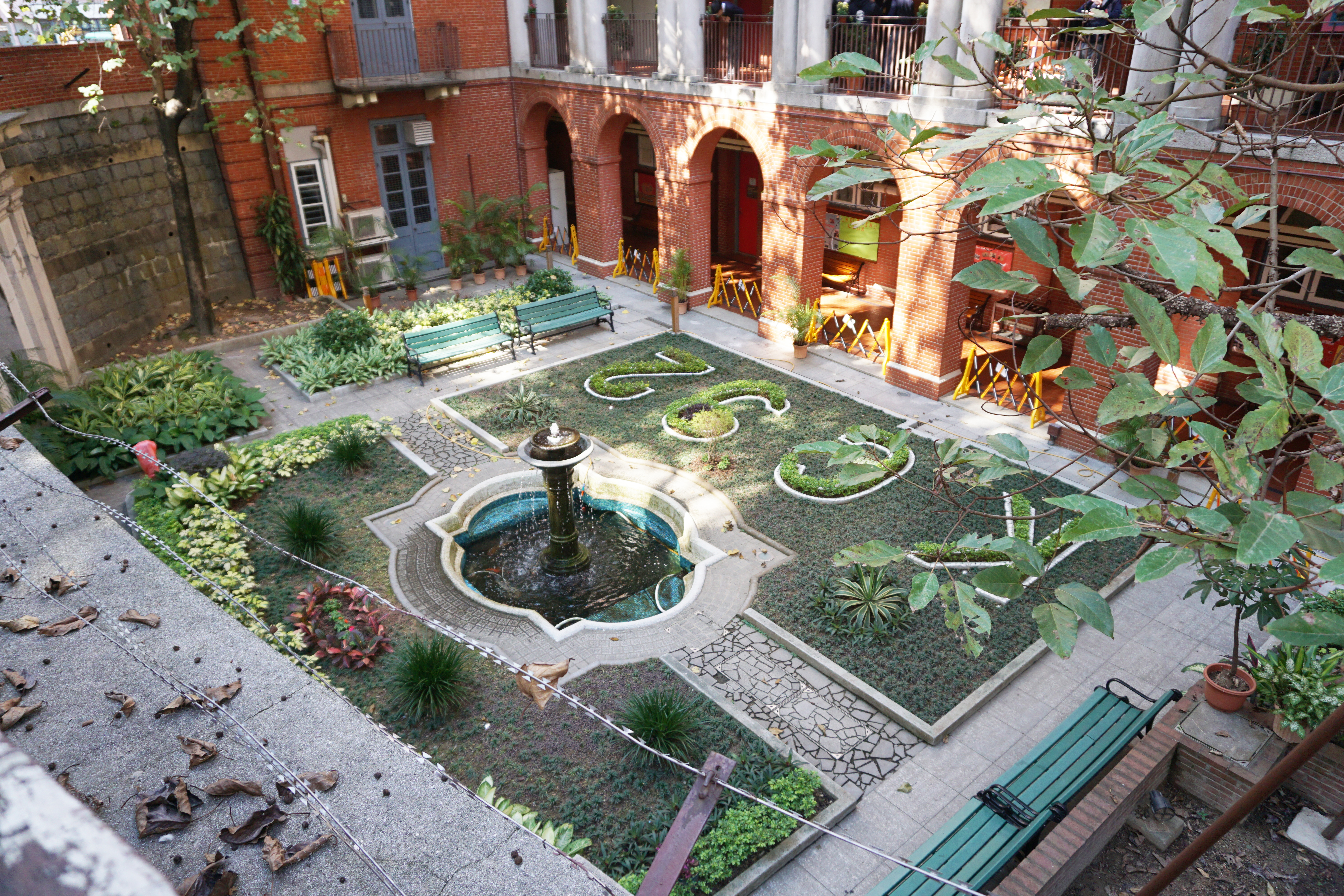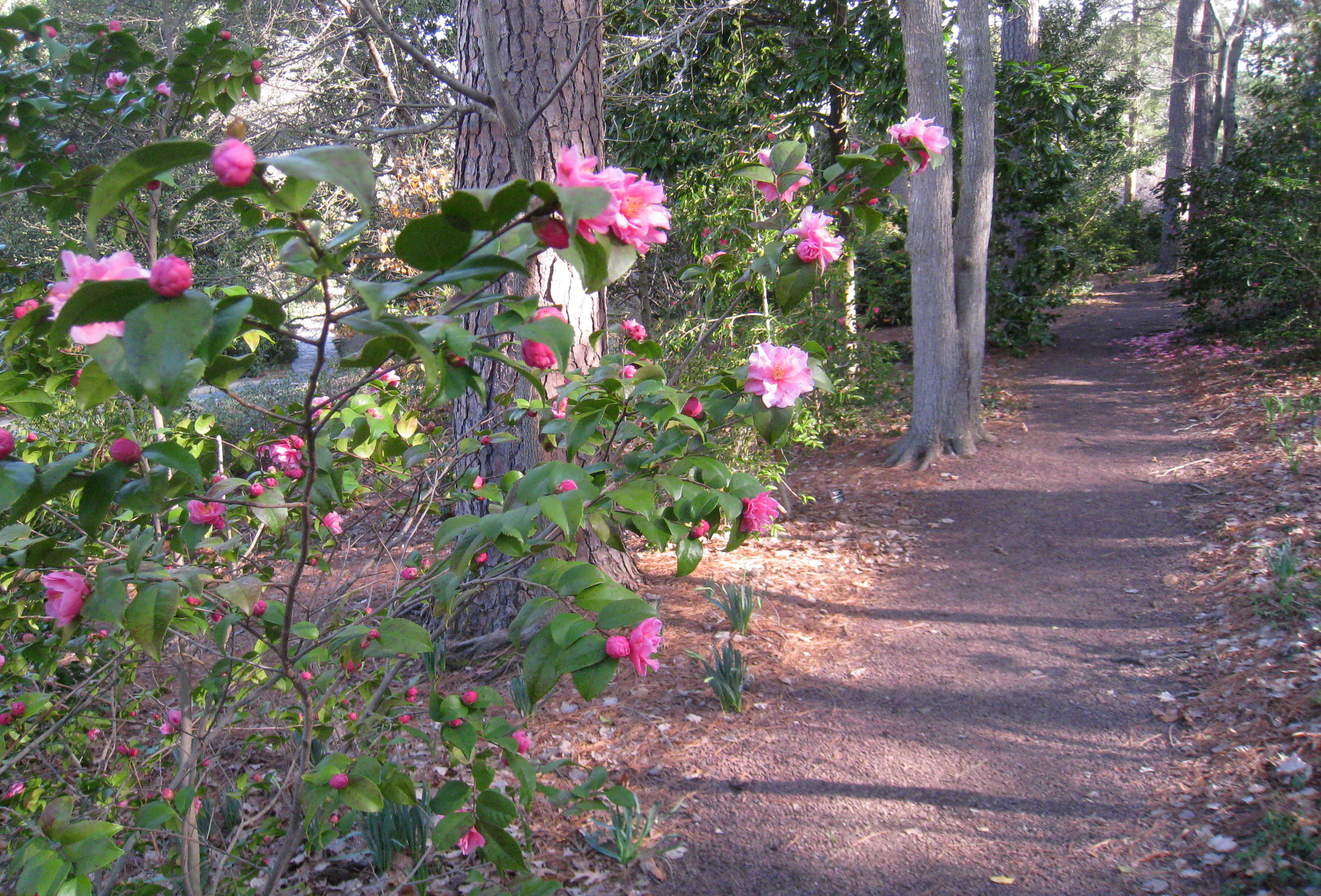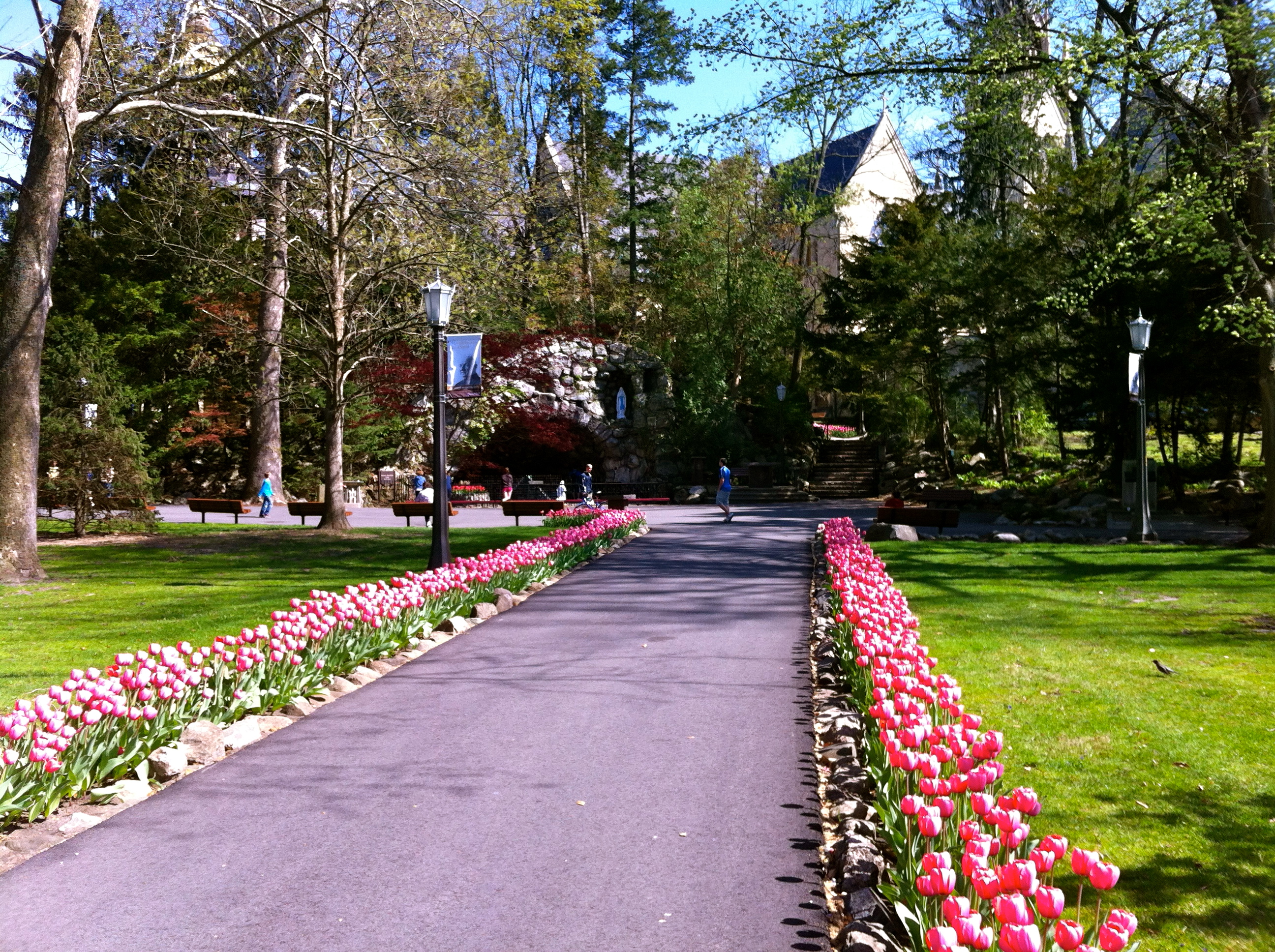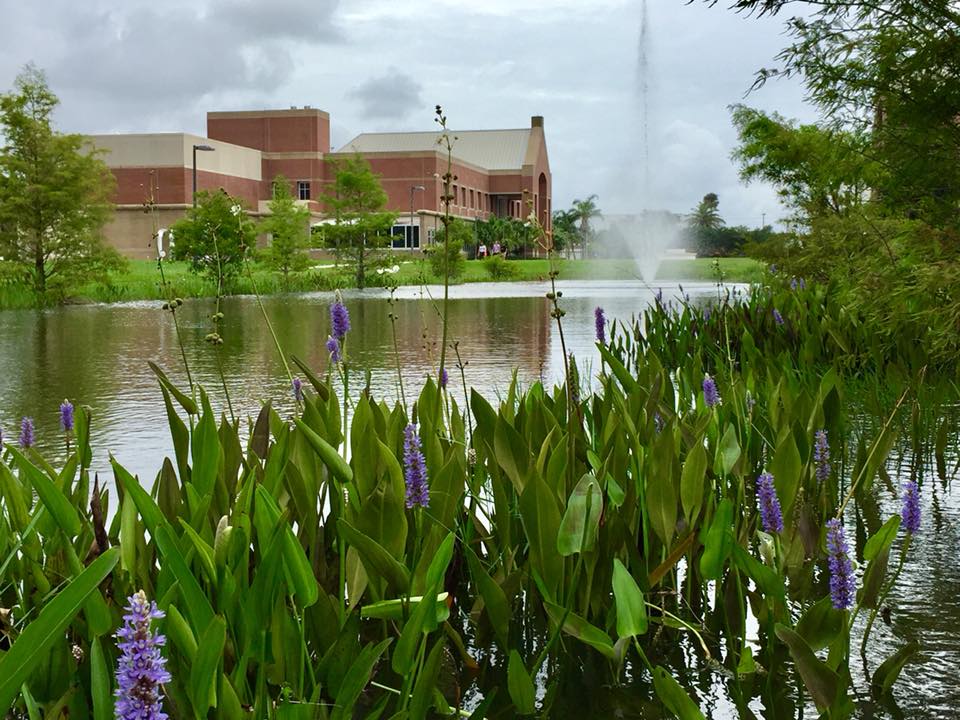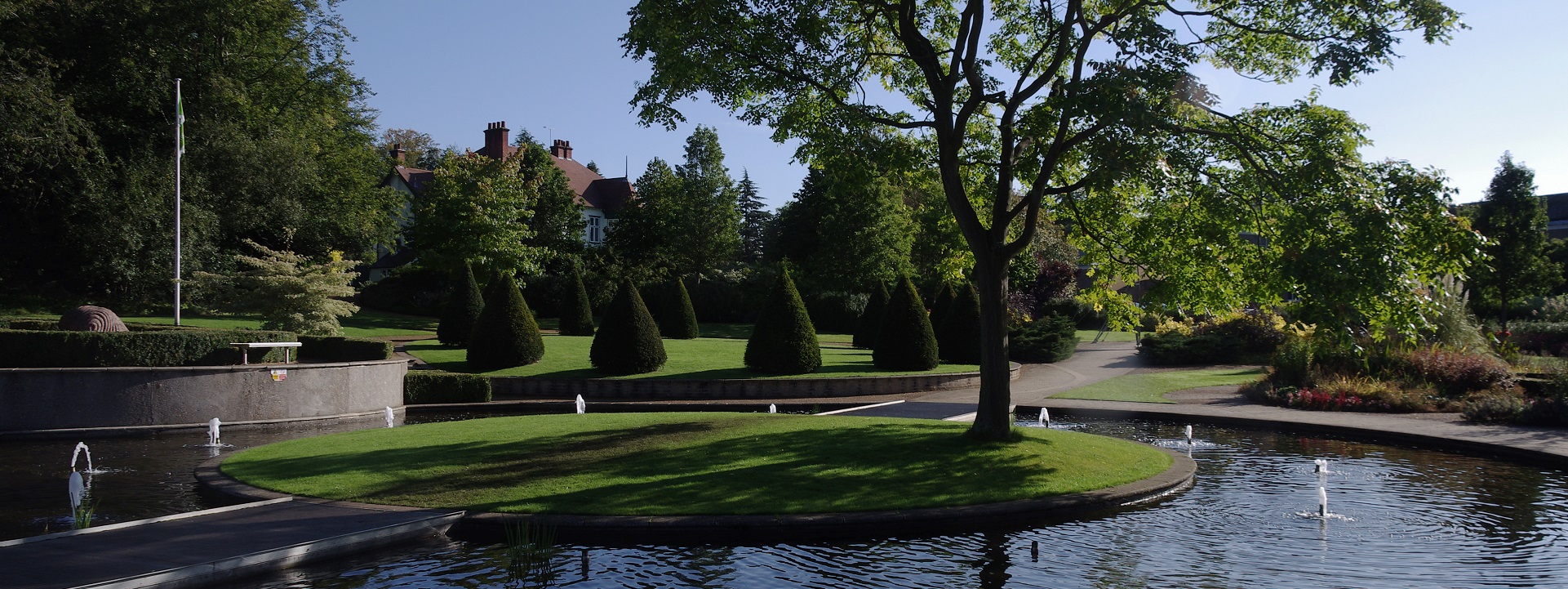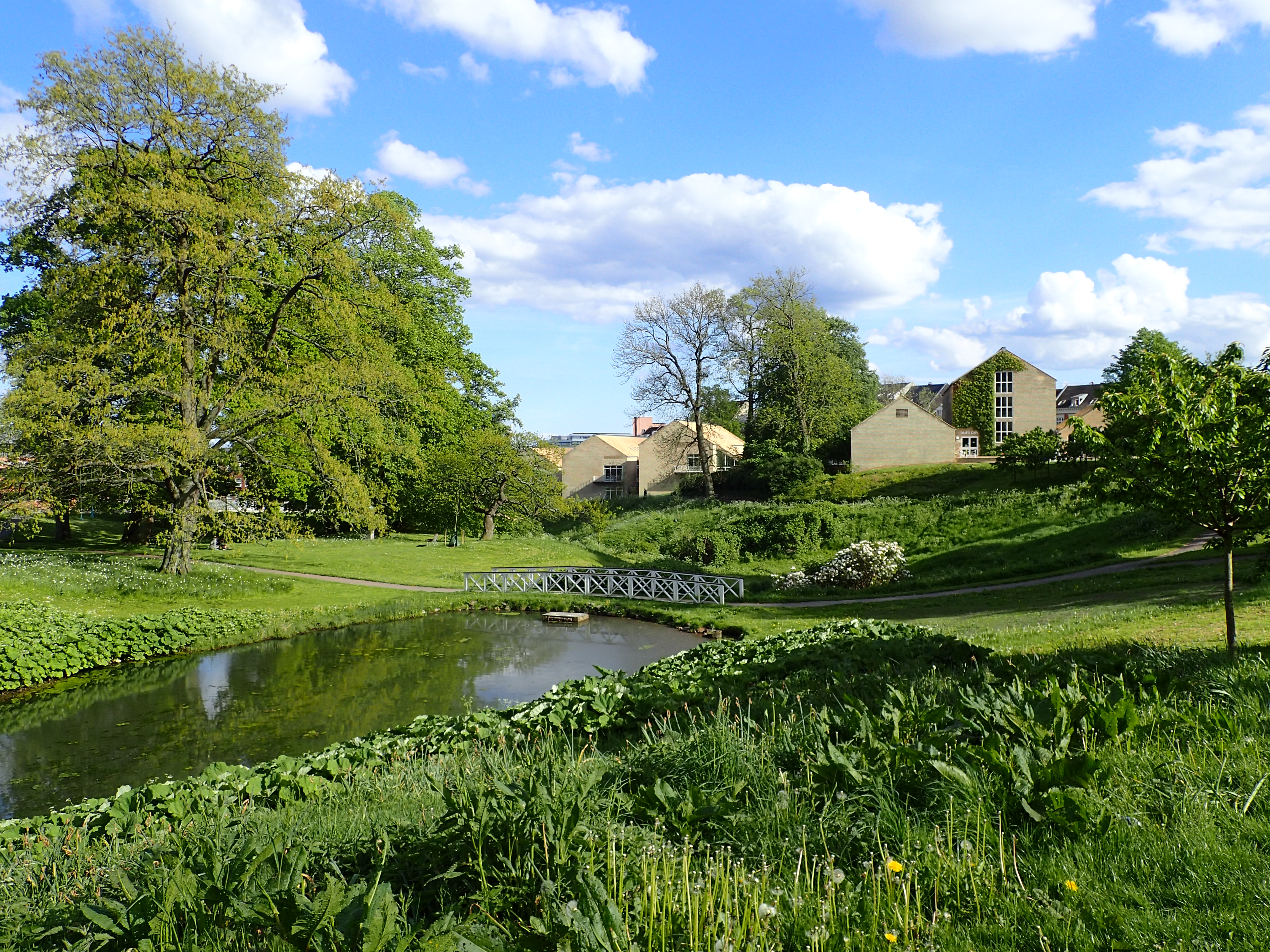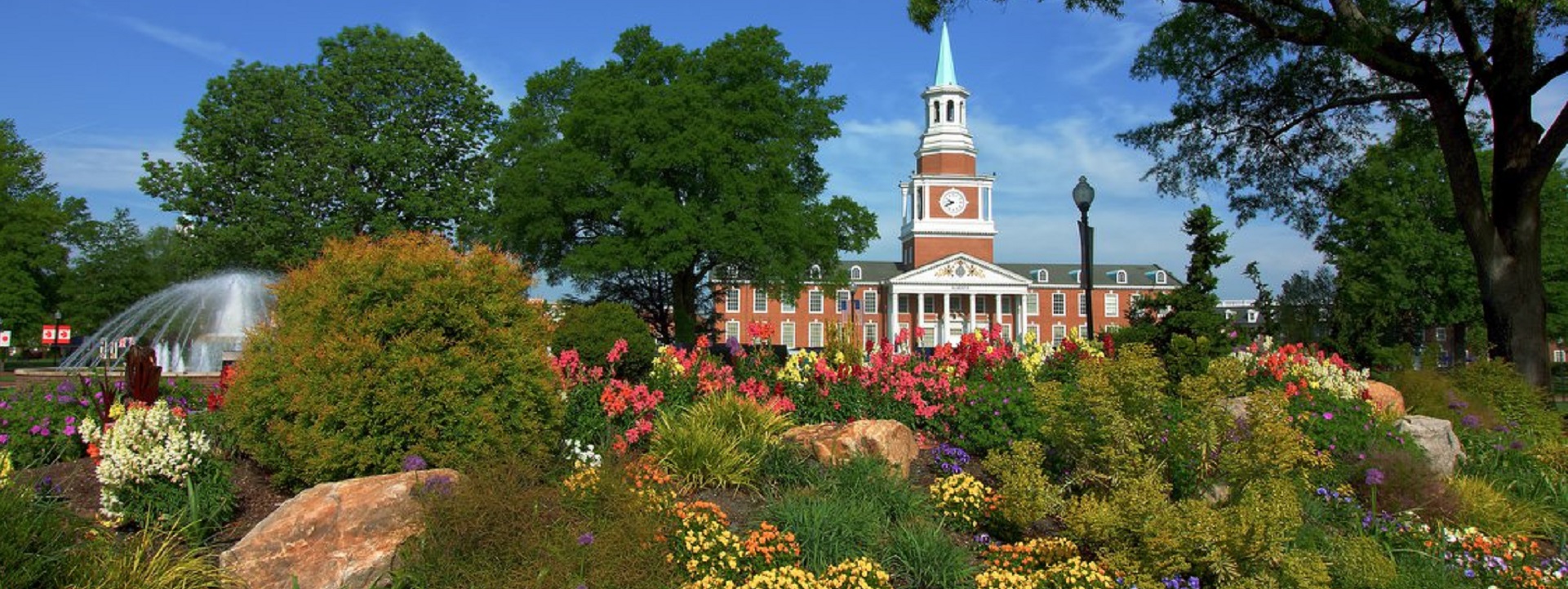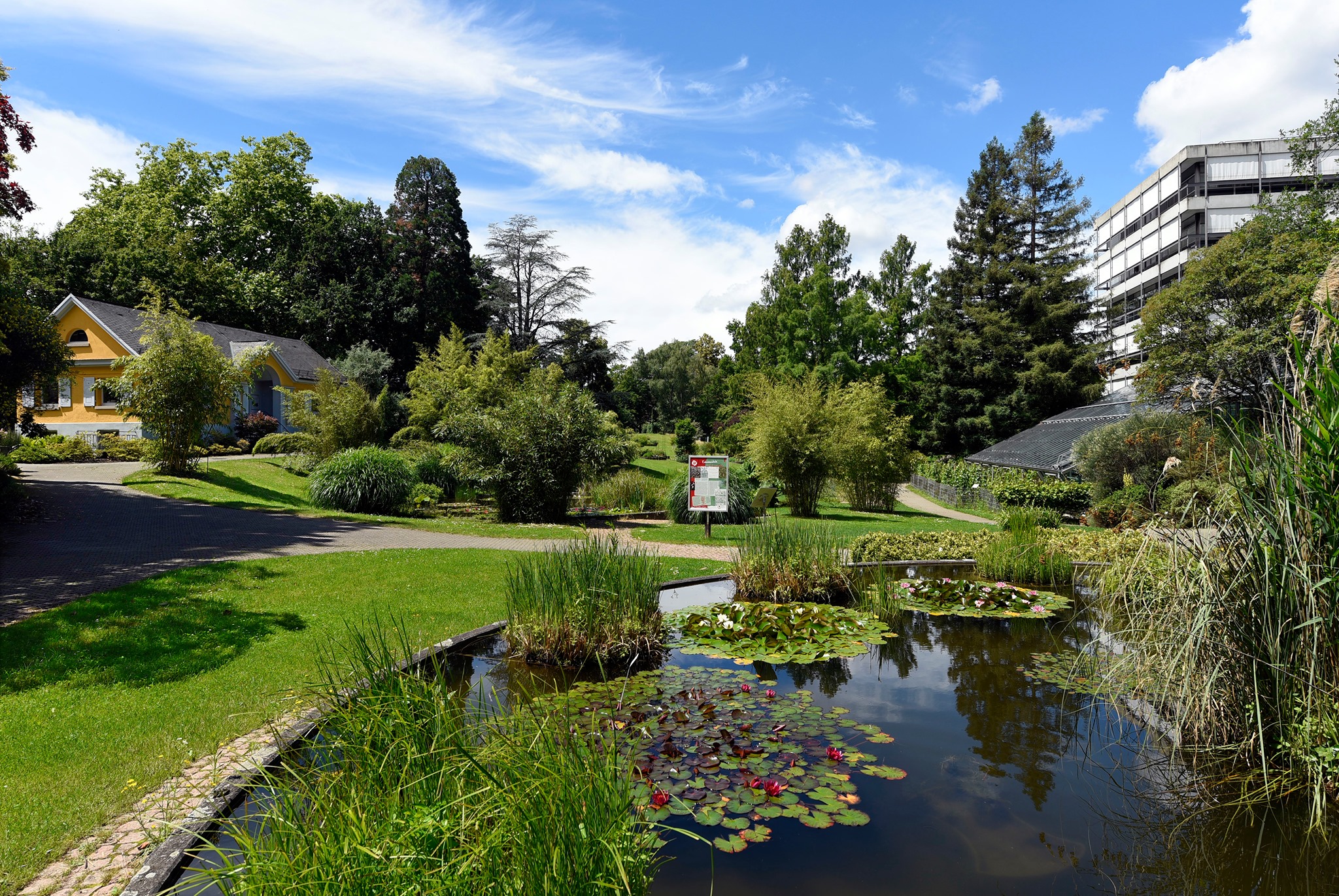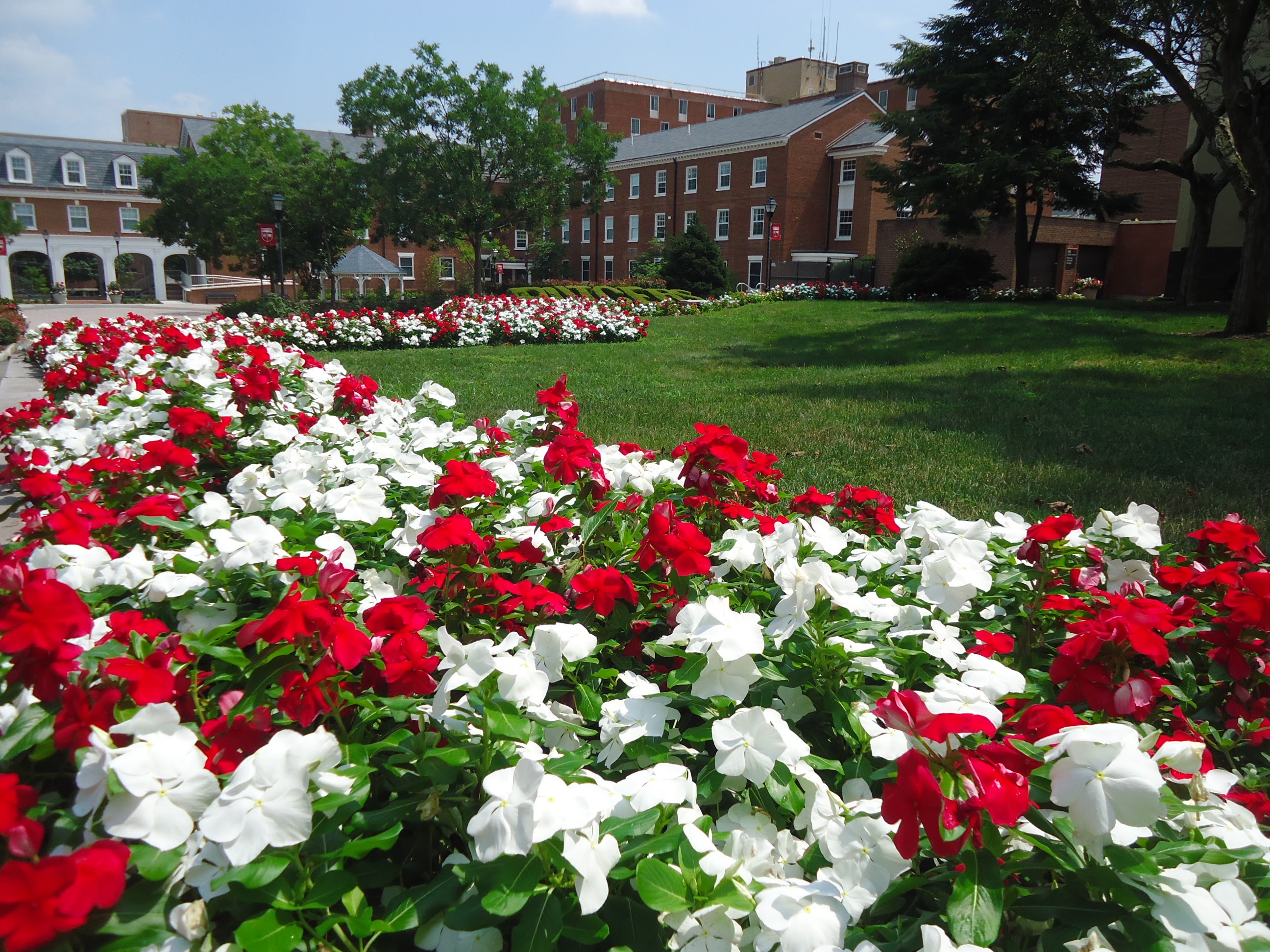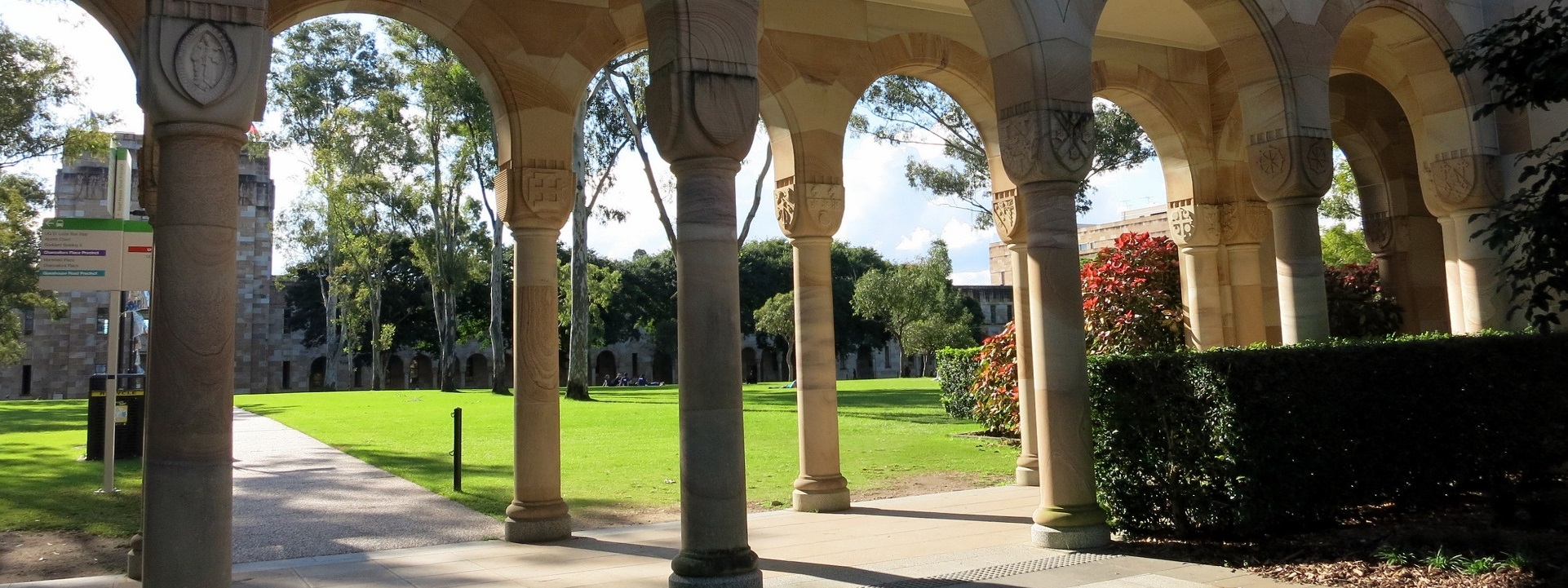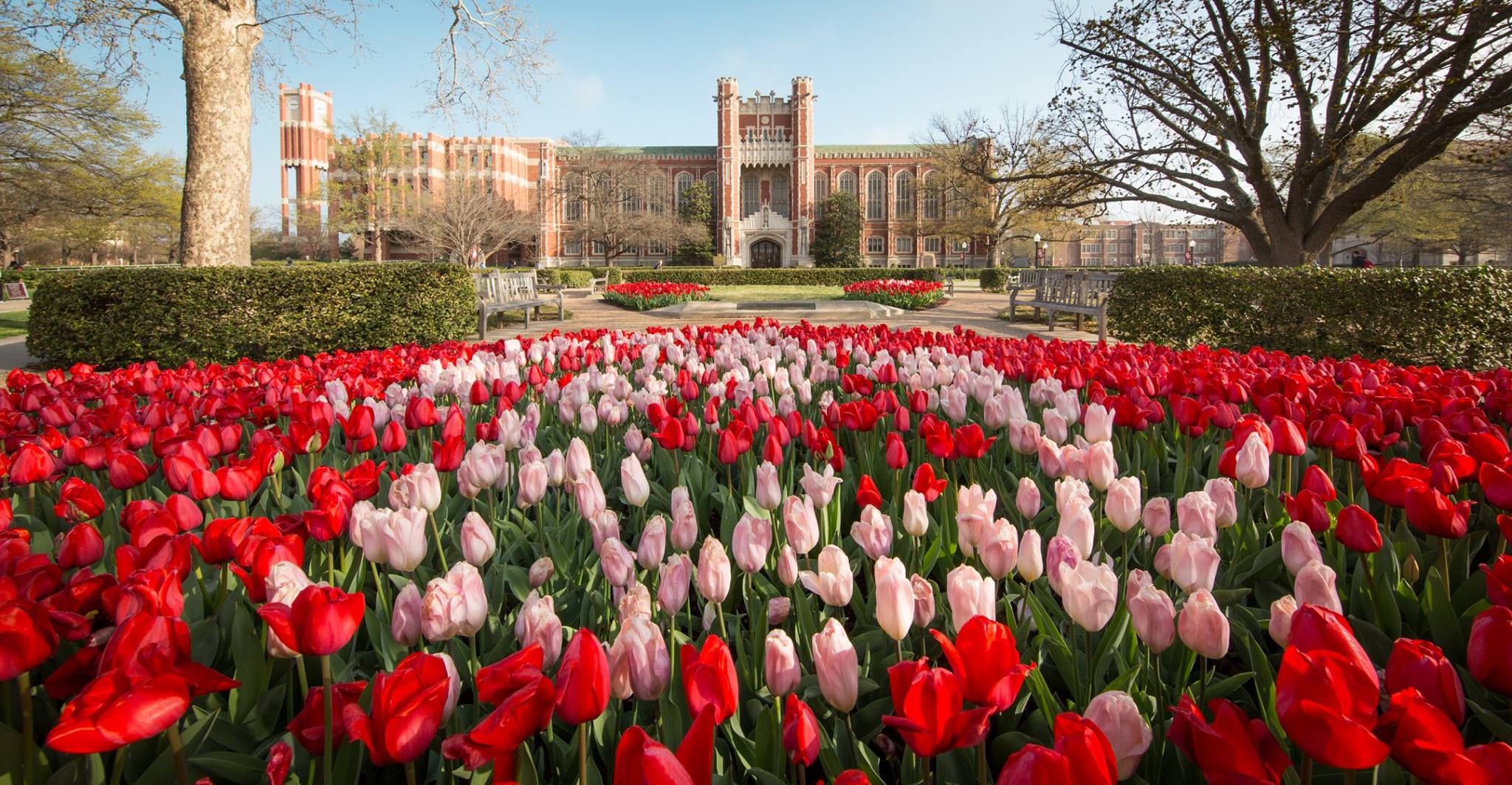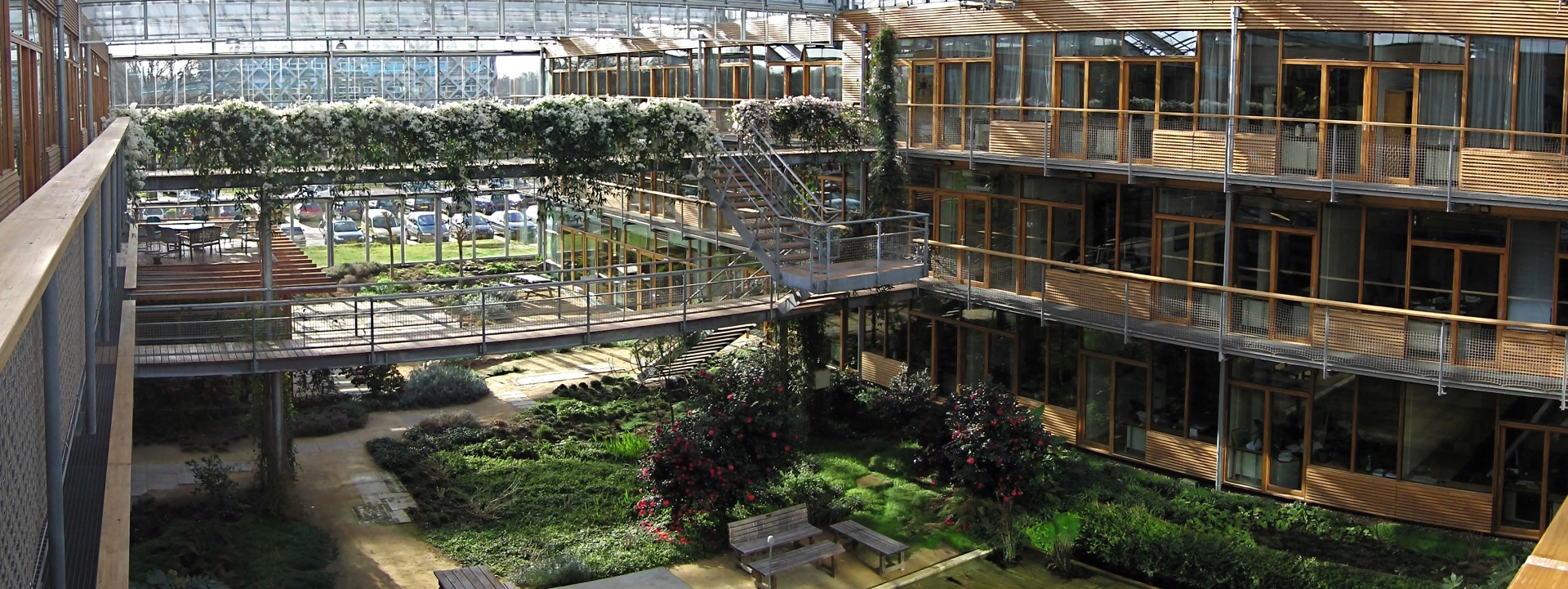Texas A&M University System 2024 Financial Reports: Net Position $10.146B (Page 13)
Tag Archives: Summer
- Home
- Posts tagged "Summer" (Page 6)

Hot Dog University
The iconic American “street food” traces its origin to 19th century German immigrants who brought frankfurters from their homeland.
In the 1860s, the term “hot dog” emerged in reference to these sausages being sold in buns at street carts. The popularity of hot dogs soared during the late 19th and early 20th centuries particularly at baseball games where the hot dog is virtually synonymous.at the sport.
In many college towns push cart hot dog vendors may be welcomed and even embraced as part of the local food scene. They can add variety and convenience for students, faculty, and staff by offering affordable and quick meal options. These towns may have regulations and policies in place to support and accommodate such vendors.
The case against hot dogs as a food primarily revolves around health concerns and potential risks associated with their consumption. Some of the key arguments include:
Processed meat and additives: Hot dogs are often made from processed meats that can contain additives, preservatives, and high levels of sodium. These additives, such as nitrates and nitrites, have been linked to increased risks of certain health issues, including cancer and heart disease.
High in unhealthy fats: Hot dogs are typically high in saturated and trans fats, which can contribute to elevated cholesterol levels and increase the risk of cardiovascular diseases.
Potential for contamination: There have been instances of foodborne illnesses associated with hot dogs, such as outbreaks of bacterial contamination, including E. coli or Listeria monocytogenes. Improper handling, storage, or undercooking can increase the risk of such contamination.
Allergens and dietary restrictions: Hot dogs often contain common allergens like wheat, soy, and dairy. Additionally, they may not be suitable for individuals with dietary restrictions or preferences, such as vegetarians, vegans, or those following specific religious or cultural dietary guidelines.
Environmental impact: The production and consumption of hot dogs contribute to environmental concerns. The meat industry, including processed meat production, is associated with greenhouse gas emissions, land degradation, and water pollution.
These arguments against hot dogs do not necessarily apply to all hot dogs or to every individual. Moderation, choosing healthier options, and considering individual dietary needs and preferences can help mitigate some of the concerns associated with hot dog consumption.
Relevant codes, standards and regulations:
Food Safety and Inspection Service: Federal Meat Inspection Act
U.S. Department of Agriculture: Hot Dogs and Food Safety
Pool, Spa & Recreational Waters
Education communities provide a large market for recreational and therapeutic water technology suppliers. Some of the larger research universities have dozens of pools including those in university-affiliated healthcare facilities. Apart from publicly visible NCAA swimming programs there are whirpools in healthcare facilities and therapeutic tubs for athletes in other sports. Ownership of these facilities requires a cadre of conformance experts to assure water safety.
NSF International is one of the first names in this space and has collaborated with key industry stakeholders to make pools, spas and recreational water products safer since 1949. The parent document in its suite is NSF 50 Pool, Spa and Recreational Water Standards which covers everything from pool pumps, strainers, variable frequency drives and pool drains to suction fittings, grates, and ozone and ultraviolet systems.
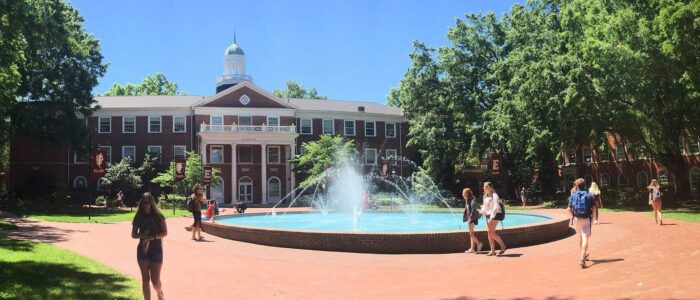
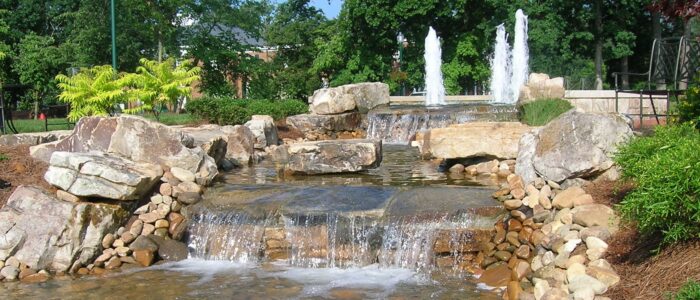
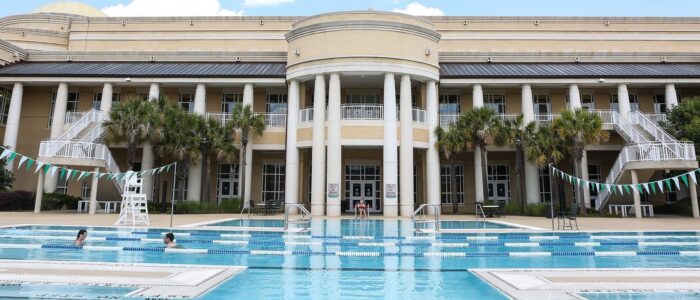
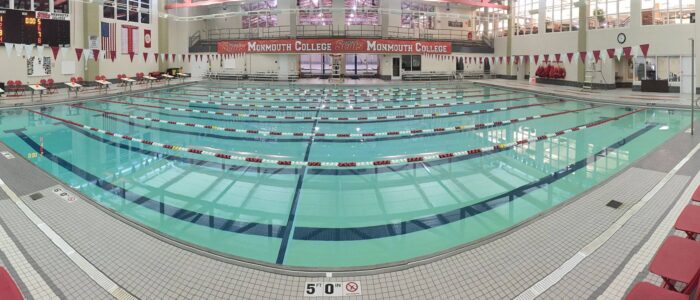
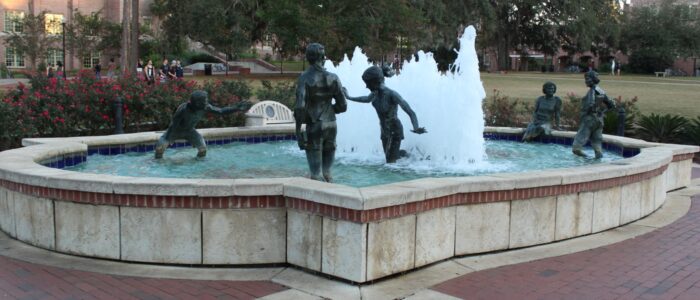
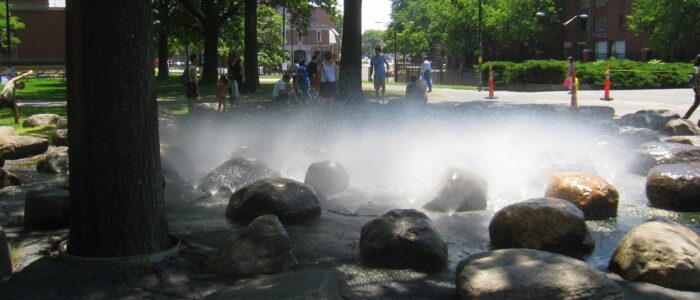

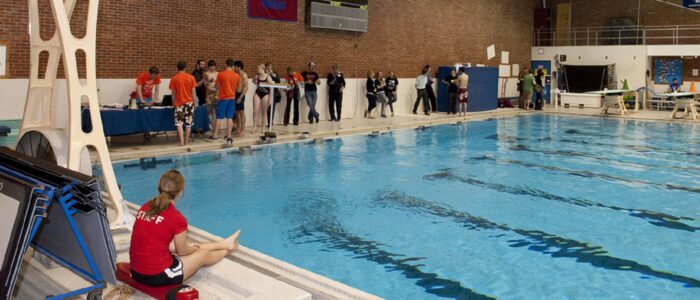
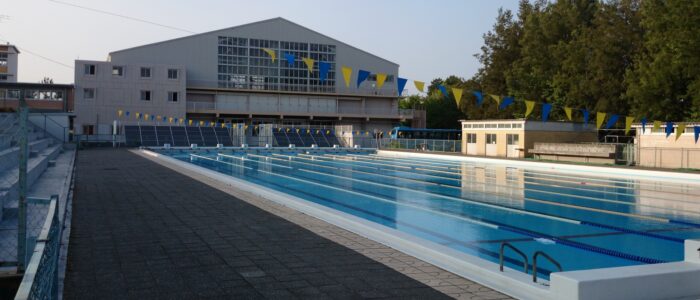
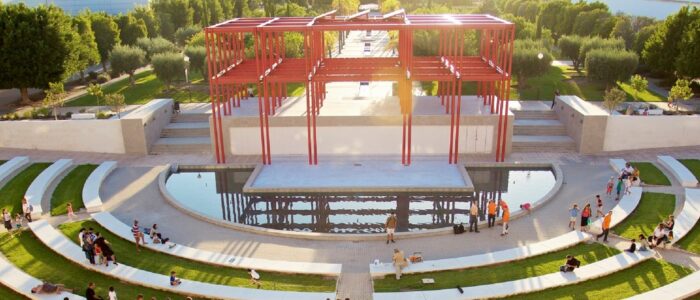
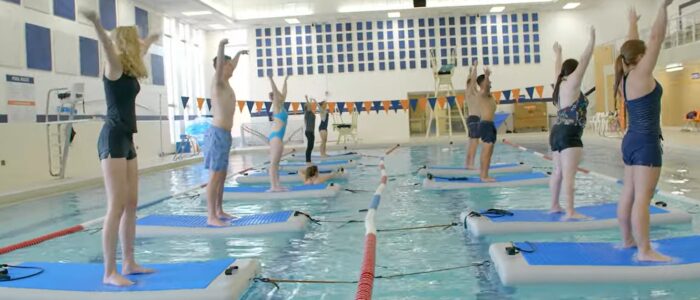
The workspace for this committee is linked below:
Joint Committee on Recreational Water Facilities
(Standards Michigan is an observer on this and several other NSF committees and is the only “eyes and ears” for the user interest; arguably the largest market for swimming pools given their presence in schools and universities.)
There are 14 task groups that drill into specifics such as the following:
Chemical feeders
Pool chemical evaluation
Flotation systems
Filters
Water quality
Safety surfacing
The meeting packet is confidential to registered attendees. You may communicate directly with the NSF Joint Committee Chairperson, Mr. Tom Vyles (admin@standards.nsf.org) about arranging direct access as an observer or technical committee member.
Almost all ANSI accredited technical committees have a shortage of user-interests (compliance officers, manufacturers and installers usually dominate). We encourage anyone in the education facility industry paying the bill for the services of compliance officers, manufacturers and installers to participate.











We maintain this title on the standing agenda of our Water and Sport colloquia. See our CALENDAR for the next onine meeting; open to everyone.
Issue: [13-89]
Category: Water, Sport
Colleagues: Mike Anthony, Ron George, Larry Spielvogel
More
IAPMO Swimming Pool & Spa Standards
UL 1081 Standard for Swimming Pool Pumps, Filters, and Chlorinators | (UL Standards tend to be product standards so we rank them lower in our priority ranking than interoperability standards.)
Nitro Cold Brew
Consolidated Financial Statement 2024: $3.541B
Nitro cold brew is bubbling up in coffee shops almost everywhere. The nitrogen-infused beverage became one of the hottest new offerings for coffee lovers looking for something different. The cold brew — made by steeping coffee grinds in cold water for multiple hours — is dispensed from a stout tap, similar to what you’d find at your local bar.
WBUR City Space | Campus Planning & Operations
Meet Ria McGuire (@BU_CAS’25), Student CEO of Saxbys café inside the CDS building. We talked to McGuire about her responsibilities, her time at BU, and how this experience will aid her as she prepares to graduate. ☕
Her story ➡️ https://t.co/UZUBOt8rLh pic.twitter.com/gKbcDolzu6
— Boston University (@BU_Tweets) November 24, 2024
City Journal (February 6): “The Downfall of Ibram X. Kendi”
Discusses the collapse of Kendi’s Center for Antiracist Research at Boston University, alleging mismanagement of $55 million with minimal research output. Describes Kendi as a “symbol of the BLM era’s destructive passions” and notes his move to Howard University.
BU’s 2024 #GivingTuesday will support several programs, including several scholarship funds and campus resources, including BU’s Newbury Center, LGBTQIA+Student Resource Center, Undergraduate Research Opportunities Program (UROP), and more.
Details ➡️https://t.co/lvUgazyjVA pic.twitter.com/ceLI57tspe
— Boston University (@BU_Tweets) December 3, 2024
Exploration of the Theory of Electric Shock Drowning
Exploration of the Theory of Electric Shock Drowning
Jesse Kotsch – Brandon Prussak – Michael Morse – James Kohl
Abstract: Drowning due to electric shock is theorized to occur when a current that is greater than the “let go” current passes through a body of water and conducts with the human body. Drowning would occur when the skeletal muscles contract and the victim can no longer swim. It is theorized that the likelihood of receiving a deadly shock in a freshwater environment (such as a lake) is higher than the likelihood in a saltwater environment (such as a marina). It is possible that due to the high conductivity of salt water, the current shunts around the individual, while in freshwater, where the conductivity of the water is lower than that of the human; a majority of the current will travel through the individual. The purpose of this research is to either validate or disprove these claims. To address this, we used Finite Element analysis in order to simulate a human swimming in a large body of water in which electric current has leaked from a 120V source. The conductivity of the water was varied from .005 S/m (pure water) up to 4.8 S/m (salt water) and the current density through a cross sectional area of the human was measured. With this research, we hope to educate swimmers on the best action to take if caught in such a situation.
CLICK HERE to order complete paper.
Fruit Smoothie
West Virginia University Financial Statement 2022 | $1.178M
The WVU Extension is a primary outreach division of West Virginia University. With offices in each of the state’s 55 counties, Extension faculty and staff develop and deliver programs in leadership development, rural and community-based economic development, youth development, workforce development, and health education.
Ingredients
3 cups frozen strawberries or other frozen fruit
1 banana
1 cup yogurt (plain or vanilla)
1 handful spinach or kale
2 cups of milk
Directions
Wash fresh produce.
Collect and measure all ingredients before starting recipe.
Add the fruit, yogurt and greens to the blender.
Pour the milk into the blender.
Blend 30 to 45 second until smooth.
Refrigerate leftovers within two hours, and finish within two days.
Nutrition information per serving (recipe makes six one-cup servings):
Calories — 120; fat — 2g; carbohydrates — 21g; fiber — 2g; protein — 5g
This conversation was recorded in April 2024 at the Royal Institute of Great Britain in London. An edited version was premiered at Sana AI Summit on May 15 2024 in Stockholm, Sweden.
Geoffrey Hinton has been called “the godfather of AI” and is considered one of the most prominent thought leaders on the emergence of artificial intelligence. He has served as a faculty member at Carnegie-Mellon and a fellow of the Canadian Institute for Advanced Research. He is now Emeritus Professor at the University of Toronto. In 2023, Geoffrey left his position at Google so that he could speak freely about AI’s impact on humankind.
Fun fact: University Park is located right next to Smoothie King! 🥤 pic.twitter.com/Gmrlb2nKPb
— WVU University Apartments (@WvuApartments) September 15, 2023
Students living off campus can purchase Go plans, or any of our Prime and Dining Dollars-only plans that are available to be used at all of our retail or residential dining locations on campus.
Read about all of our plans here! ⬇️https://t.co/TxouPEuFTl pic.twitter.com/8Ga5pKADAk
— WVU Dining (@WVUDining) March 10, 2022
The Eternal Music
“Heard melodies are sweet,
but those unheard are sweeter…”
John Keates (Ode on a Grecian Urn)
History of Western Civilization Told Through the Acoustics of its Worship Spaces
Vacation Bible School
This content is accessible to paid subscribers. To view it please enter your password below or send mike@standardsmichigan.com a request for subscription details.
New update alert! The 2022 update to the Trademark Assignment Dataset is now available online. Find 1.29 million trademark assignments, involving 2.28 million unique trademark properties issued by the USPTO between March 1952 and January 2023: https://t.co/njrDAbSpwB pic.twitter.com/GkAXrHoQ9T
— USPTO (@uspto) July 13, 2023
Standards Michigan Group, LLC
2723 South State Street | Suite 150
Ann Arbor, MI 48104 USA
888-746-3670






